
My old school teacher always said you should never take work home with you. It was an admirable statement right up until the point she set us all homework, quickly demonstrating that such ideologies don’t exist in the real world, and that even teachers will happily lie to you.
Had Adrian Smith been told the same, I don’t think he’d have taken much notice either. Because Adrian’s business – Fensport Performance – is quite literally his home. And not figuratively either; his house is an actual part of Fensport. It just so happens that the garage builds some of the fastest Toyotas in the world.
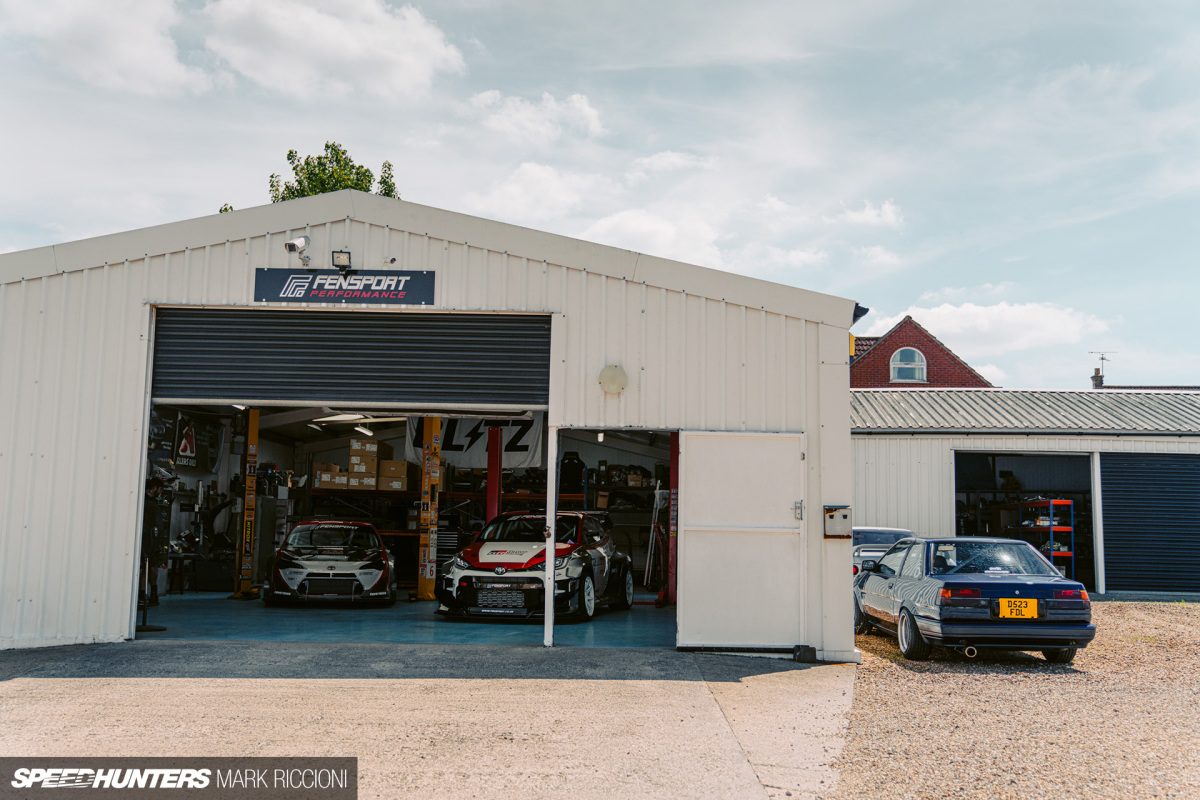
For those unfamiliar with Adrian’s work, Fensport can be considered as one of the OG tuners here in the UK. Long before the internet existed, Adrian was busy importing and exporting AE86 Corollas all around the world. Unsurprisingly, a good few of those ended up in Ireland. I say a good few, we’re talking more like hundreds.
So, when you’re next wondering why Ireland has an unhealthy number of Corollas for such a small island, blame Adrian.

Throughout the ’80s, Adrian spent the bulk of his time mucking around with spicy Vauxhalls and fast Fords, but as he entered the ’90s his attention turned towards this new breed of performance car from the opposite side of the world. They were turbocharged, four-wheel drive and seemingly unstoppable in the WRC. The badge on the back? Celica… GT-Four.
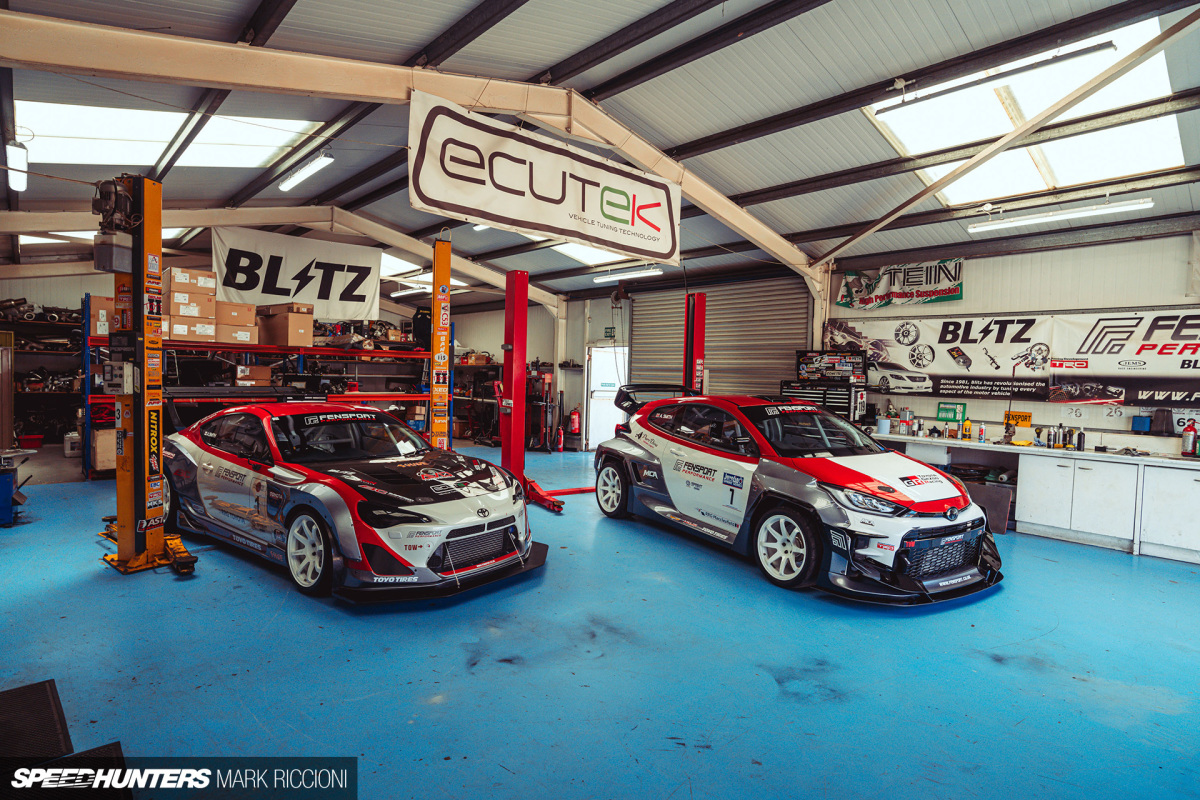
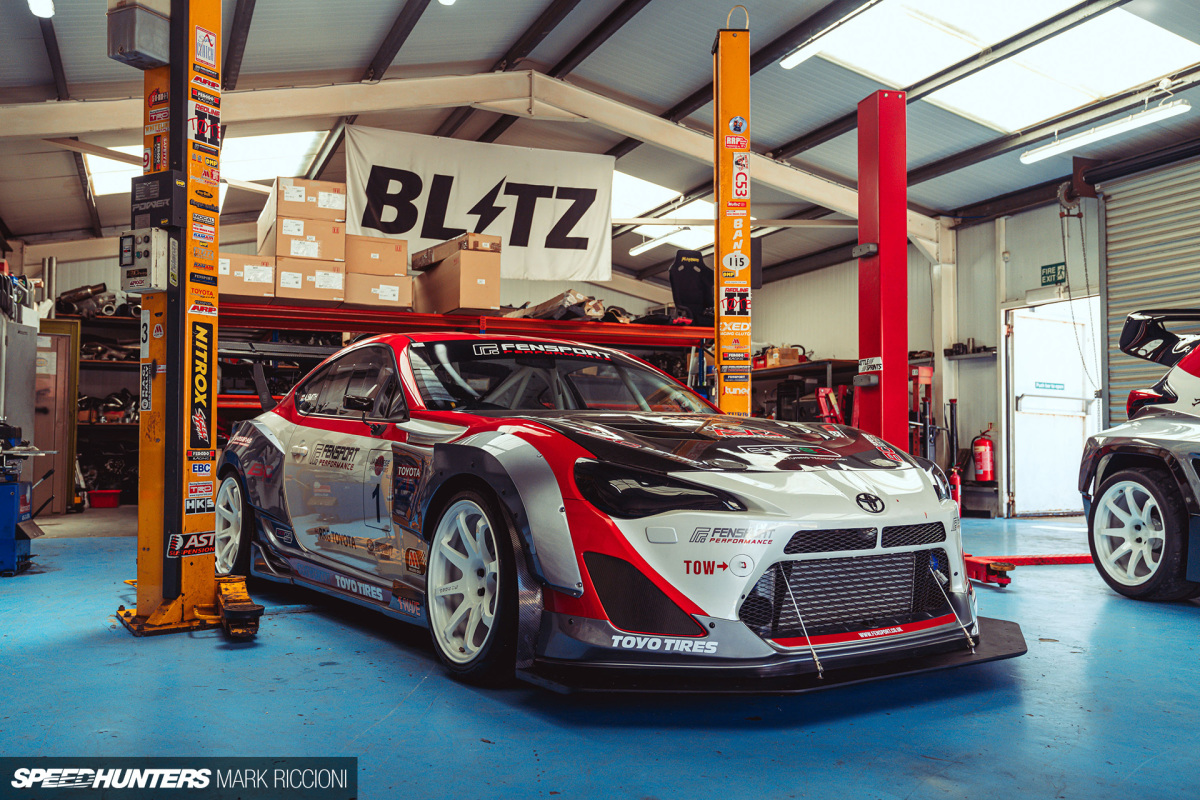
Fensport officially opened its doors in 1994. Diving head-first into the Toyota Celica they quickly gained a reputation for being one of the hardest-working tuners out there, but more importantly, they also cornered this market before anyone else had a chance to.

Adrian’s back catalogue of tuned Toyotas really is the stuff of legend. If you grew up in the late ’90s and early ’00s, you’ll already know of the iconic Fensport Corolla. Not an AE86, but a front-wheel drive E120 typically found with an auto box and 1.5-litre engine.

This was no normal Corolla, though. Having sourced a 2002 Corolla RunX 4WD from Japan, Adrian and the team proceeded to replace all its running gear with Celica GT-Four items, including the 3S-GTE engine which was duly tuned up to the nines. The result? One of the coolest sleepers ever built: 650bhp, 10.39-second quarter-mile at 139mph (223km/h) and a 200.4mph (325km/h) top speed.
That was 20 years ago, and the Corolla is still going strong today.


Its successor, a Celica ZZT230, took all the knowledge learned from the Corolla and dialled it up to 11. Nicknamed the GT4 X, this time Adrian extracted 818bhp from the 3S-GTE which resulted in a 9.74 at 149mph (240km/h) quarter mile. But this was never built for drag racing; it was just a bit of fun.
Adrian adores sprint racing and hillclimbs, so in 2011 – having been invited to the Goodwood Festival of Speed – he demolished the course in just 50.03-seconds to finish fourth overall.
Much like the Corolla, the Celica build not only still lives on, but it competes – and wins – against much more modern machinery. Because Adrian’s focus is as much on reliability as it is performance, you’ll never find him with anything more than a torque wrench and tyre pressure gauge on a race weekend.
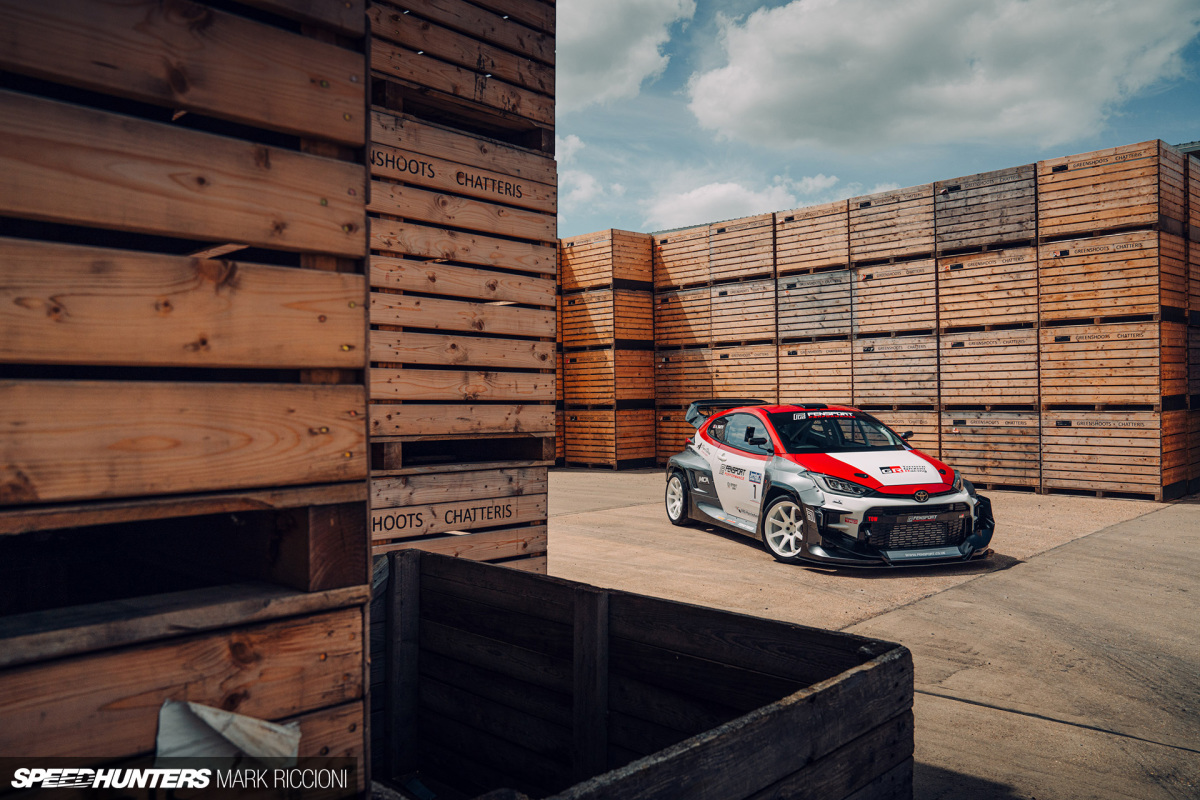
But 2021 presented Adrian and his team with their most ambitious build yet – the widely hyped and heavily praised Toyota GR Yaris. By the time it launched in the UK, Daigo Saito had crammed a 2JZ in his and HKS were already running nitrous. It felt like that overnight every tuner in Japan and Europe were suddenly experts on the 3-cylinder monster.
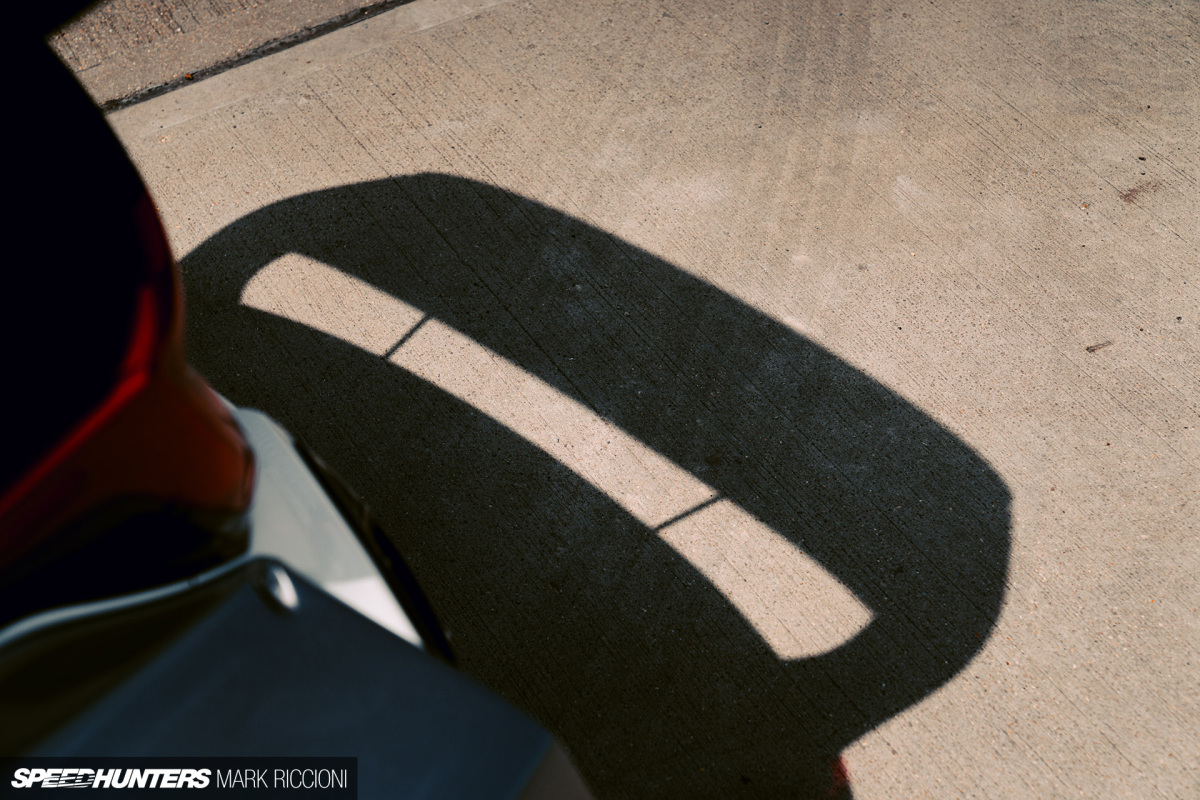
That didn’t sit well with Adrian. For almost 30 years he’d dedicated his life to Toyota tuning, one often overshadowed by the likes of Evos, Imprezas and GT-Rs. There were the mighty 1JZ and 2JZ monsters of course, but other models – in the UK at least – always felt disproportionally represented. So, when the GR Yaris was launched and an influx of tuners jumped on the bandwagon, Adrian knew there was a point to prove.

“I drove the car 100-miles before Tom – our head of ECU calibration – had the engine apart in the workshop,” laughs Adrian. “It wasn’t that we wanted to become the first, but it was essential we knew exactly what its strengths and weaknesses were before deciding how best to develop it. That meant Tom in particular would have to go through thousands of lines of code to decipher how everything talks to one another… thankfully, that’s what he does best. And quickly we found that it was a mighty impressive little block.”
That’s a bold move whichever way you look at it.
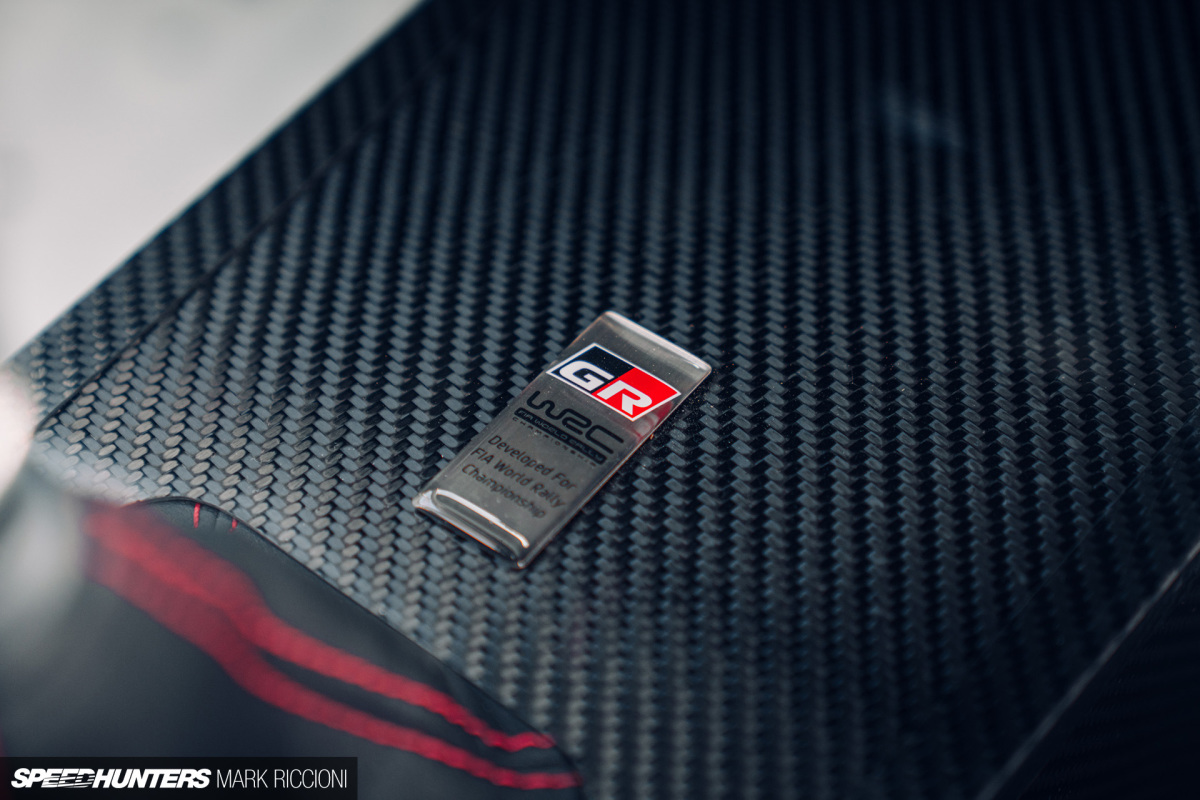
Because modern car tuning has changed, as soon as a new model is launched, the race is on to become the first. The first to fit new wheels. The first to fit new suspension. The first to flash the ECU. It’s telling of an age where culture demands everything yesterday.
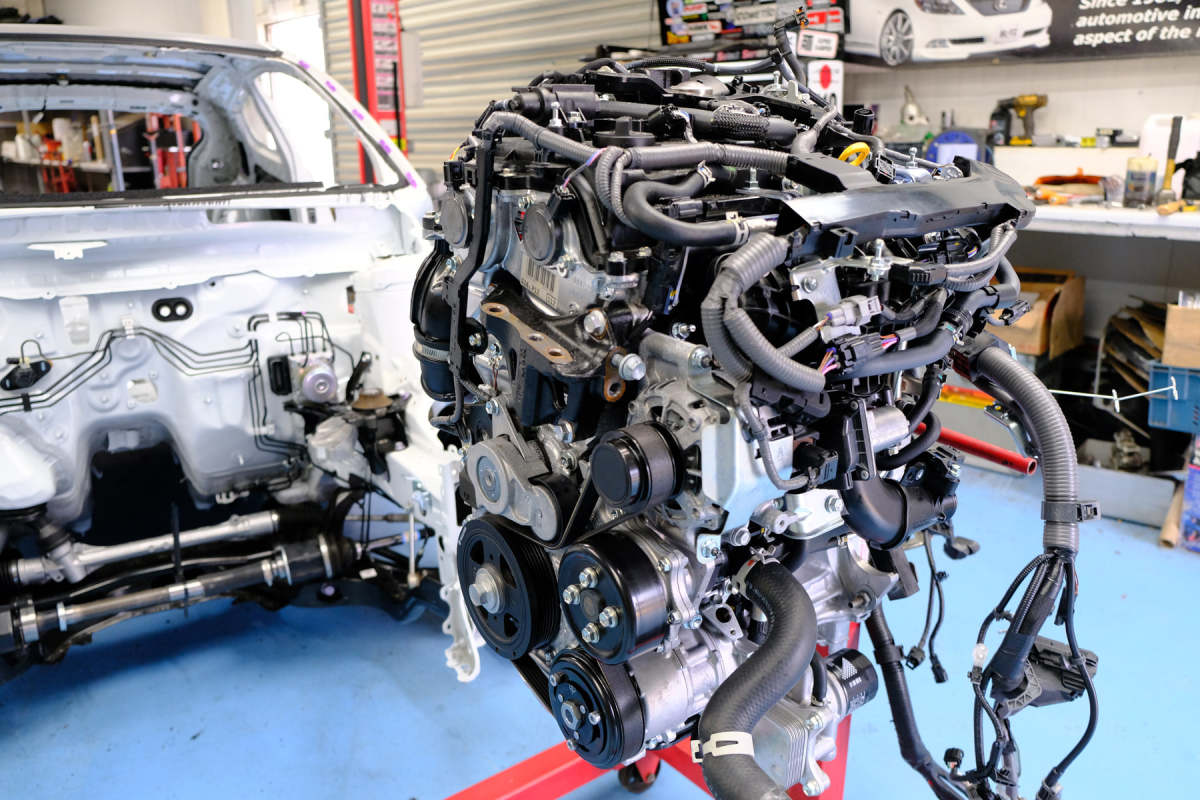
But this isn’t traditional tuning in my eyes, it’s more like opportunity tuning. Make a name for yourself overnight, ride the hype and jump ship as soon as the next model comes along. It’s not for Fensport, though. Their focus has always been to build the best, and to reach that point requires taking a risk, making some errors and even a little bit of luck.
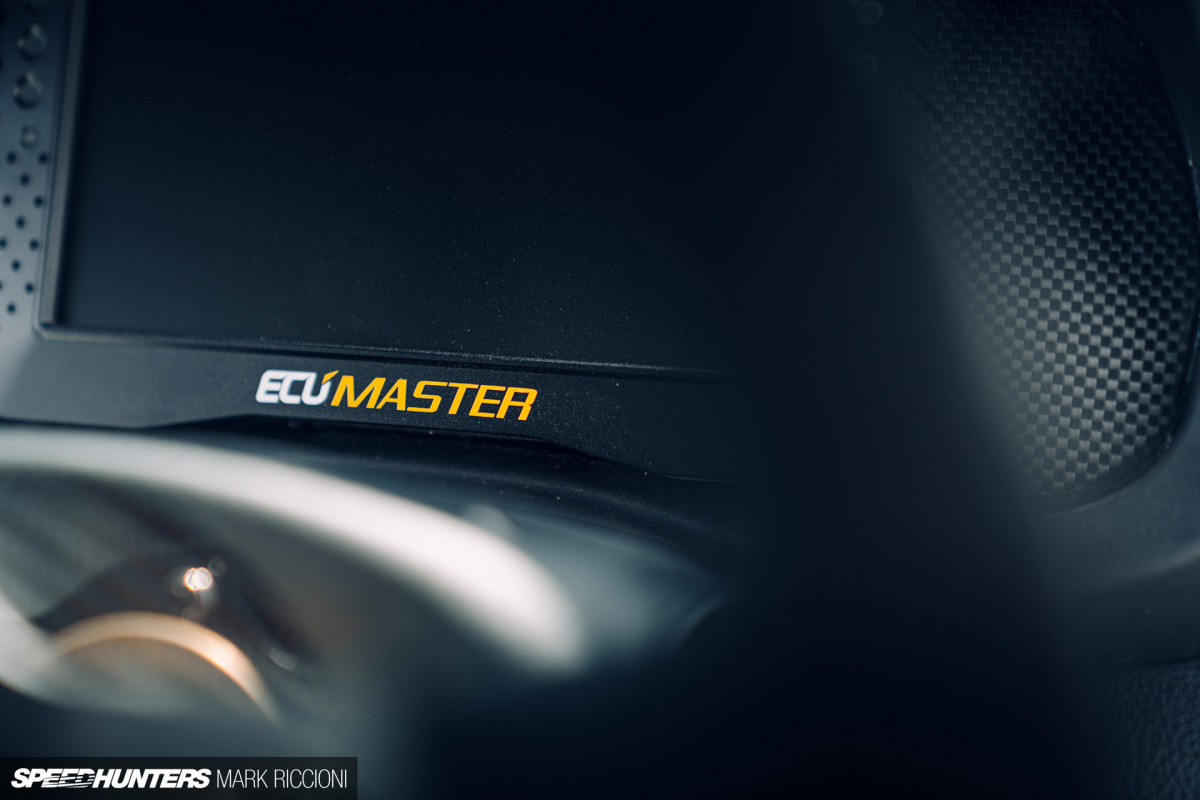
“Honestly, it wasn’t supposed to go this far to begin with,” Adrian explains, lifting the bonnet to reveal the tiny G16E-GTS seemingly lost in an already small engine bay. “At first, we thought we’d fit some TRD parts, up the power and improve the handling, but before ours had been delivered there were 10 others [tuners] doing that. The solution? Go back to the old way of thinking and build something completely new from the ground up.”
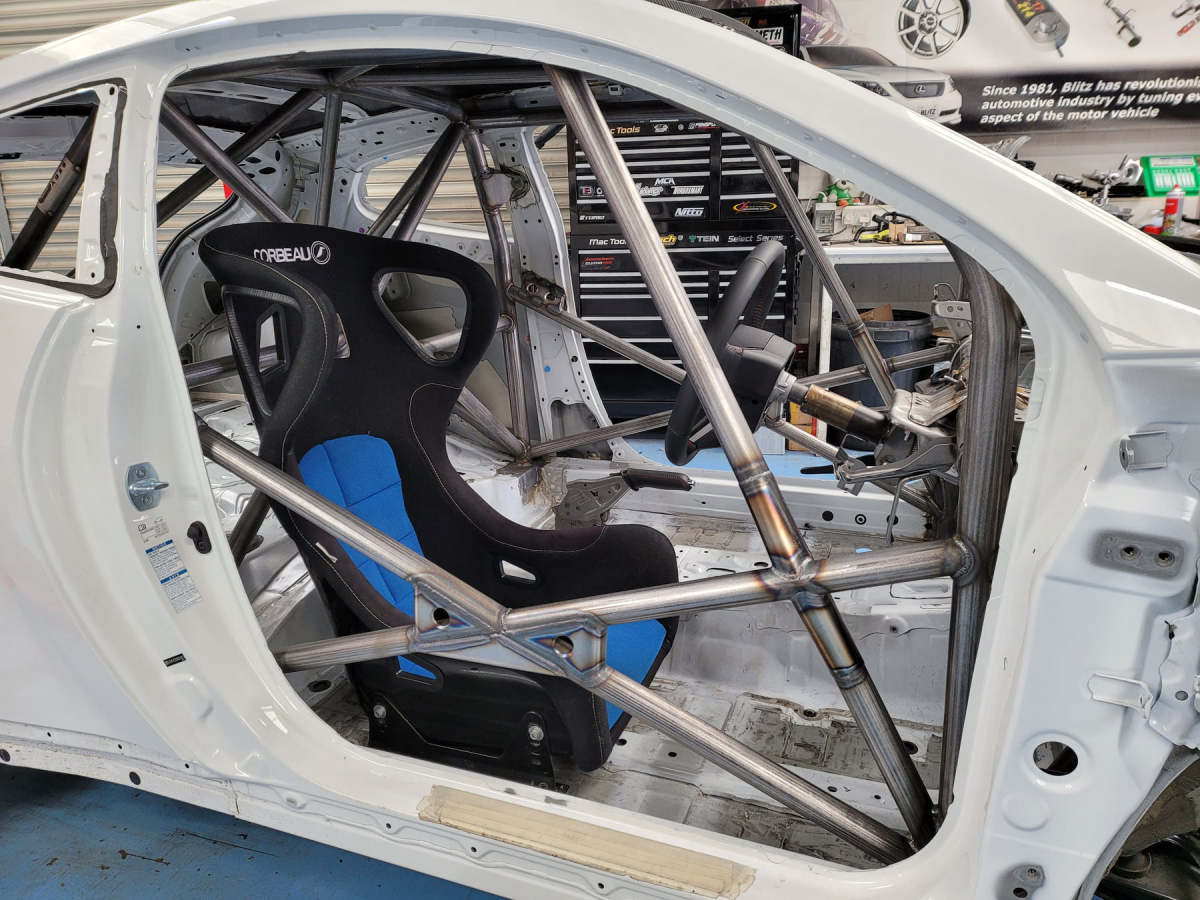

And that’s exactly what they did. The little GR Yaris was stripped, Customs Cages roll-caged (to an FIA standard) and widened with the Pandem Rocket Bunny kit. But take a little look at the rear wing; not only is the main blade now adjustable, it’s running additional supports to cope with the added downforce.
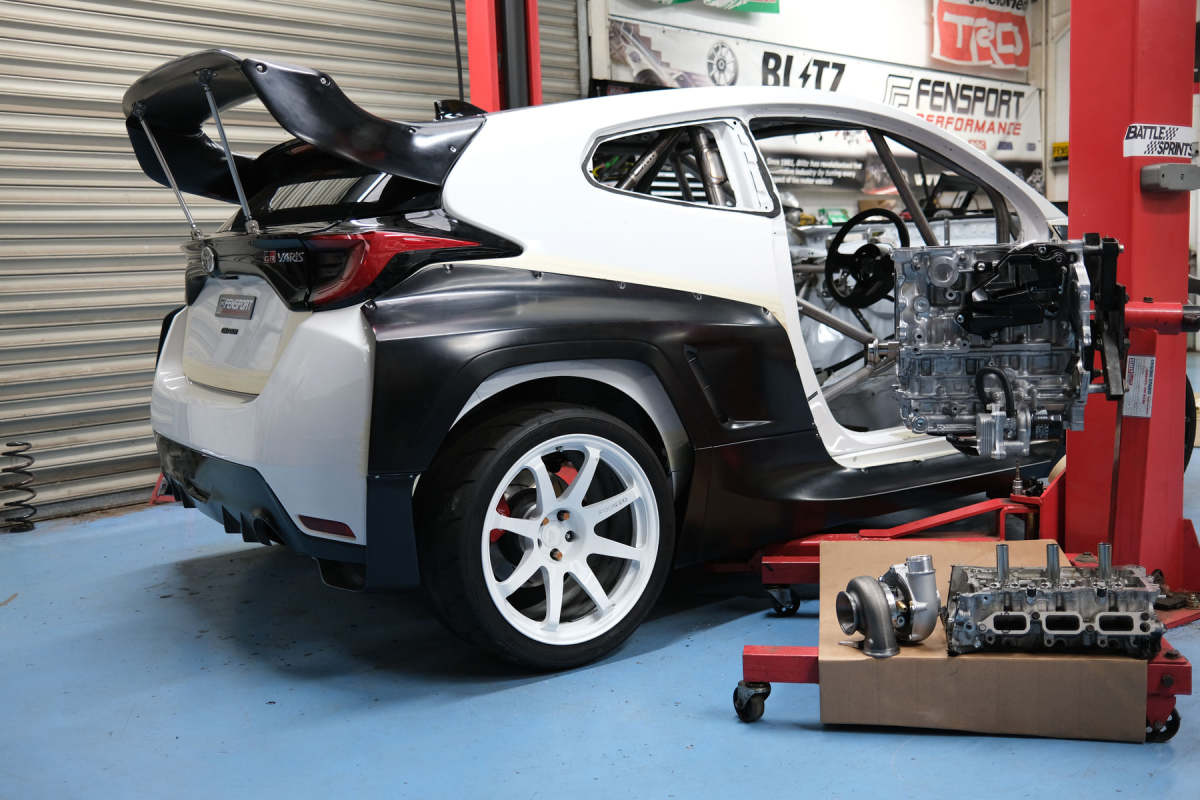
Then there’s the bumpers. All the unnecessary vents have been blocked on the front – aside from those for radiator and brake cooling – while the back bumper has gained an extra cut-out to reduce trapped air from the rear. It’s easy to look at the aero and assume it’s been lobbed on for show, but Adrian and the team have developed it further to ensure it works properly on the track. They’ve even added tabs to the front wings to retain the plastic liners despite being cut back for clearance.
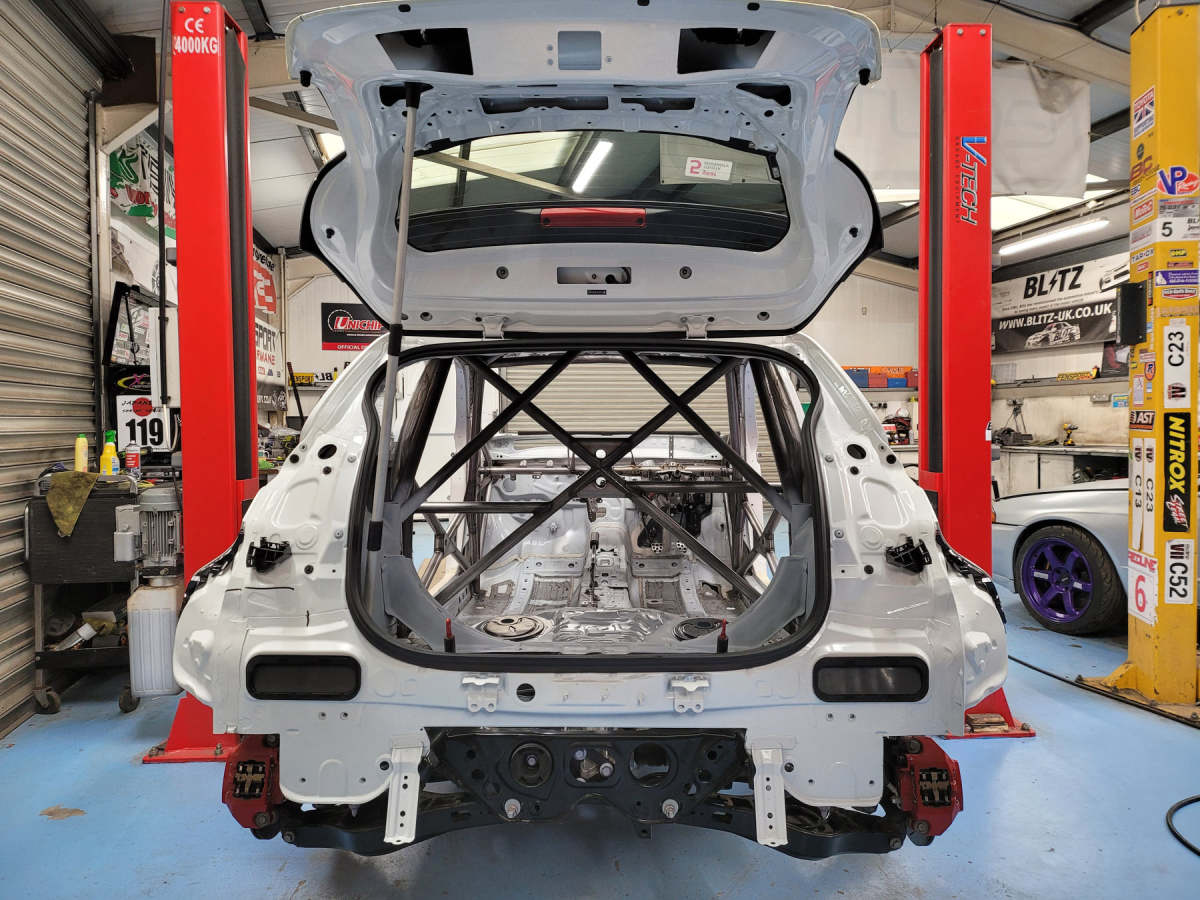
Unsurprisingly, a huge amount of the work had to be custom. But this is what Fensport does best. They haven’t just ordered every off-the-shelf part available in the hope it all works; every addition was carefully considered, with emphasis being both on drivability and performance.

The Cusco rear engine mount helps reduce pitching under acceleration. The Pandem kit – while an internet favourite – also means they can increase the track width allowing 295/30R18 tyres to be fitted. In fact, these are the same wheels and tyres fitted to Adrian’s championship-winning Toyota 86 sprint car.
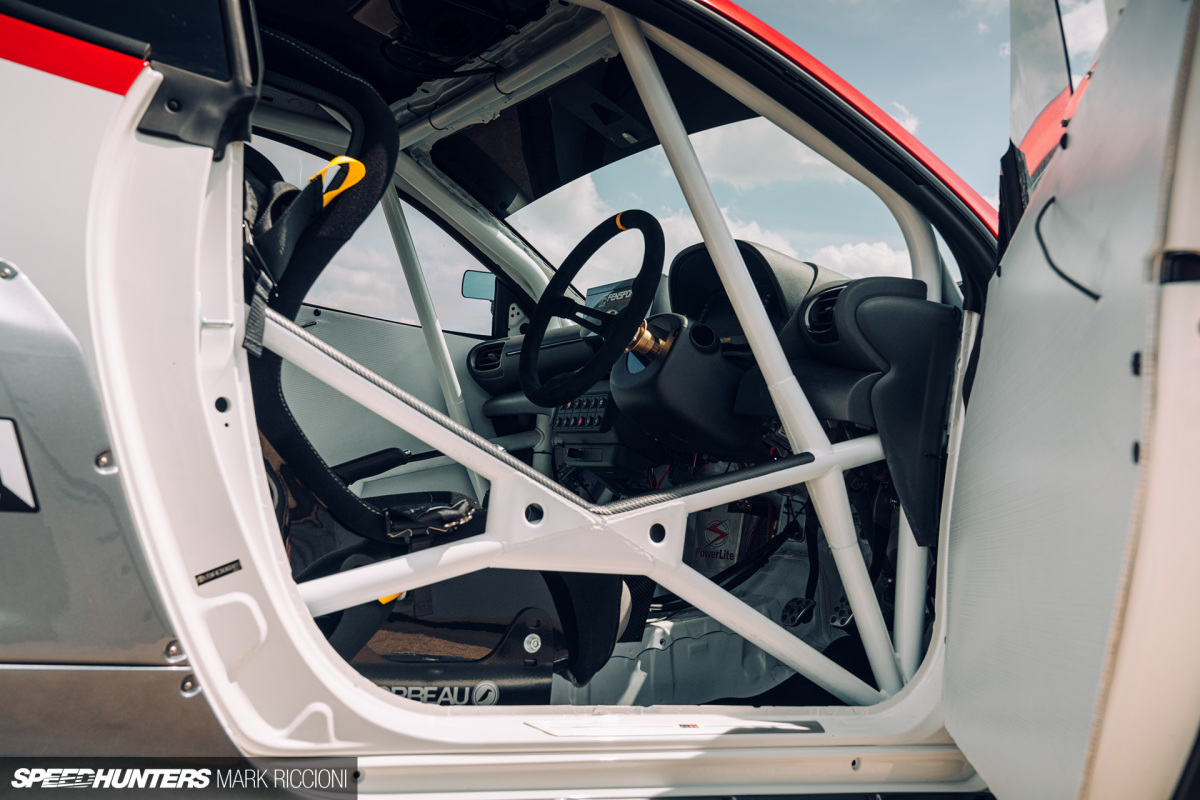
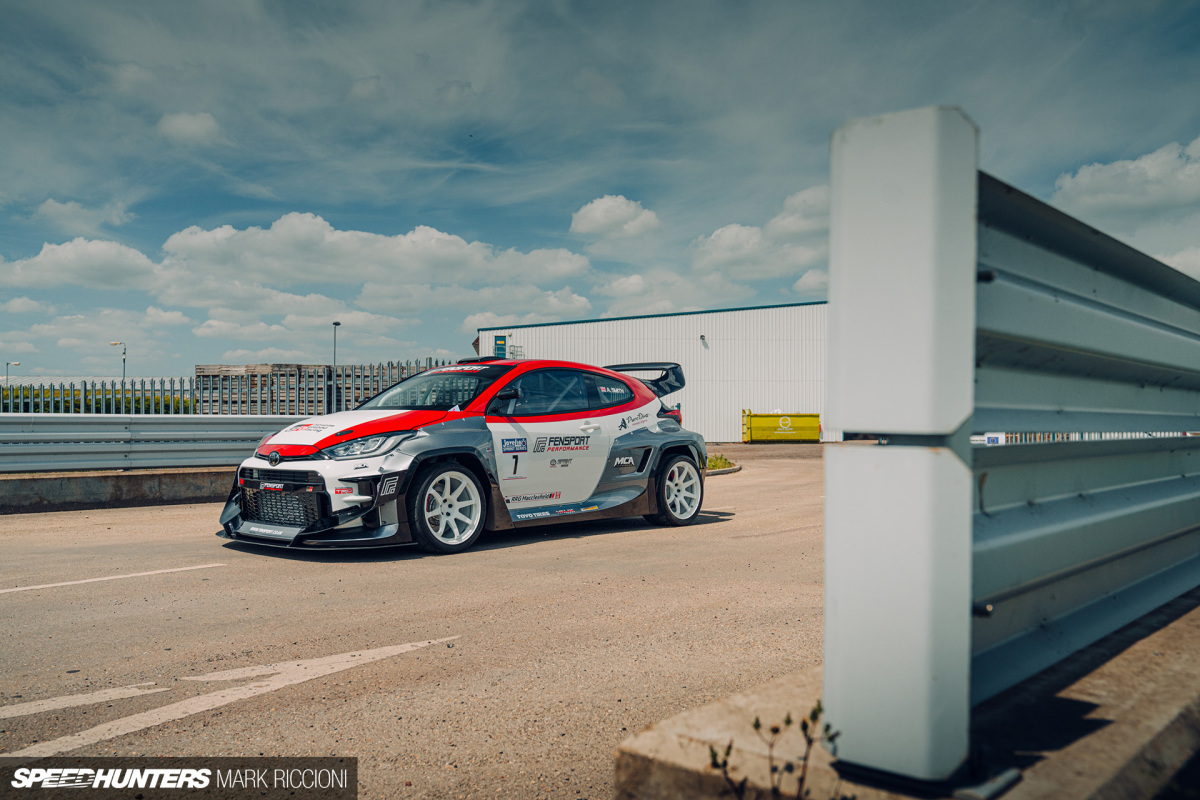
Safety comes in the form of the aforementioned FIA-spec roll cage, but while preparing the shell Fensport also removed every unnecessary component from the seat rails to the boot floor. Even with the monster cage fitted, the GR Yaris weighs just 1,157kg – down over 130kg from stock. And that’s full weight too, not drained of fluids.
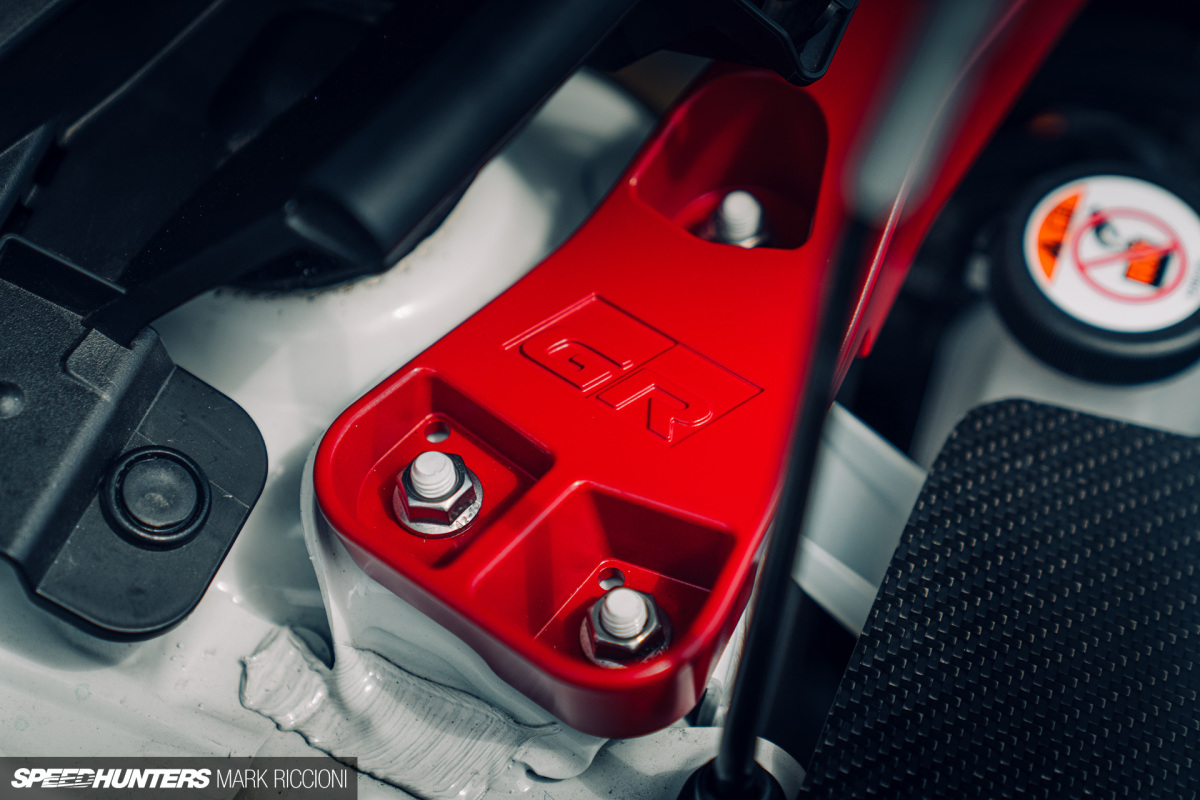
You can see the full build diary over on Fensport’s website here, which goes some way to explaining just how ground-up the GR Yaris has been prepared. Delivery date is listed as the 17th February, 2021. Completion? 18th May, 2021. That’s what you call a quick turnaround.
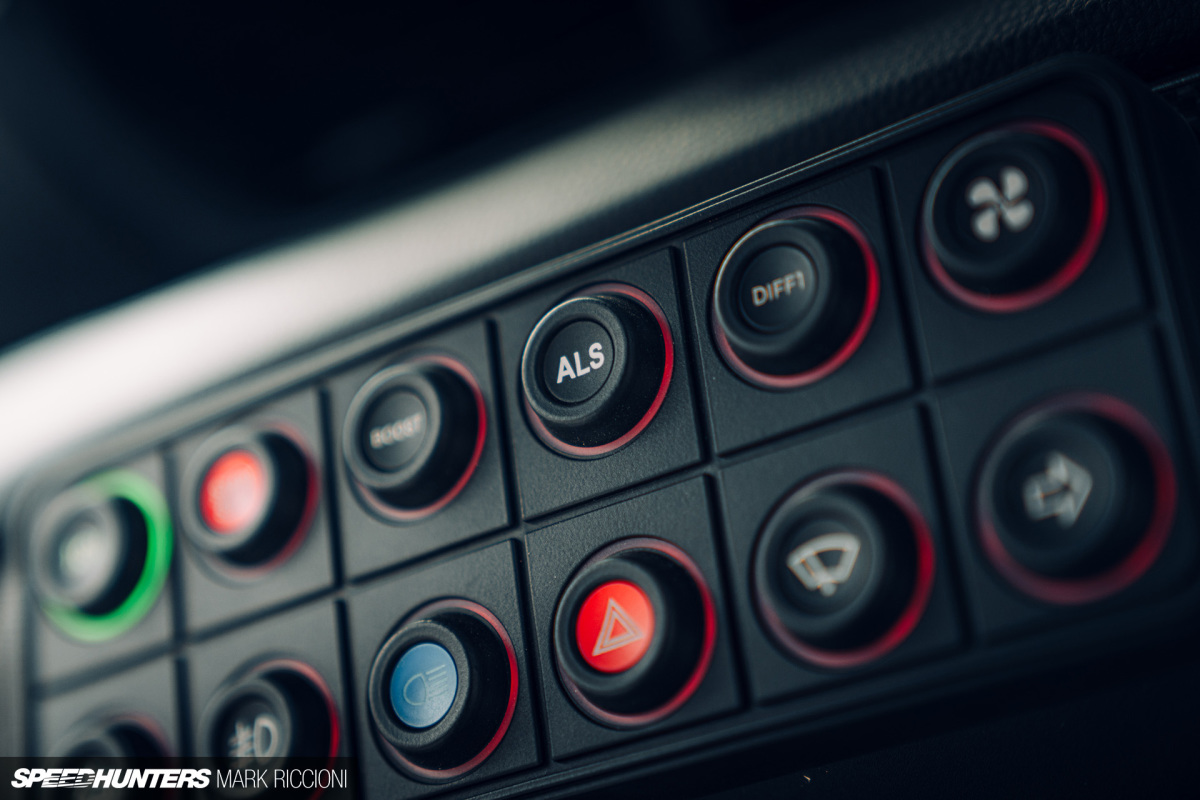
Adrian’s always been a racer at heart. Ever since he was a teen his happy place has either been behind the wheel of a car or tinkering away underneath it. From rallying to sprint and even the UK’s Time Attack series, Adrian’s ticked it all off over the years. And while horsepower figures are a brilliant way to get attention, the real test for him is how a car behaves on track.

“At our first dry event we set the fastest time overall in the Toyota Sprint Series, and finished 5th overall in the Javelin Trackdays Sprint Series,” Adrian adds. “That’s at 480bhp. We’ll be at 550bhp with a little more boost, but it won’t be long until we’re past 600bhp.”
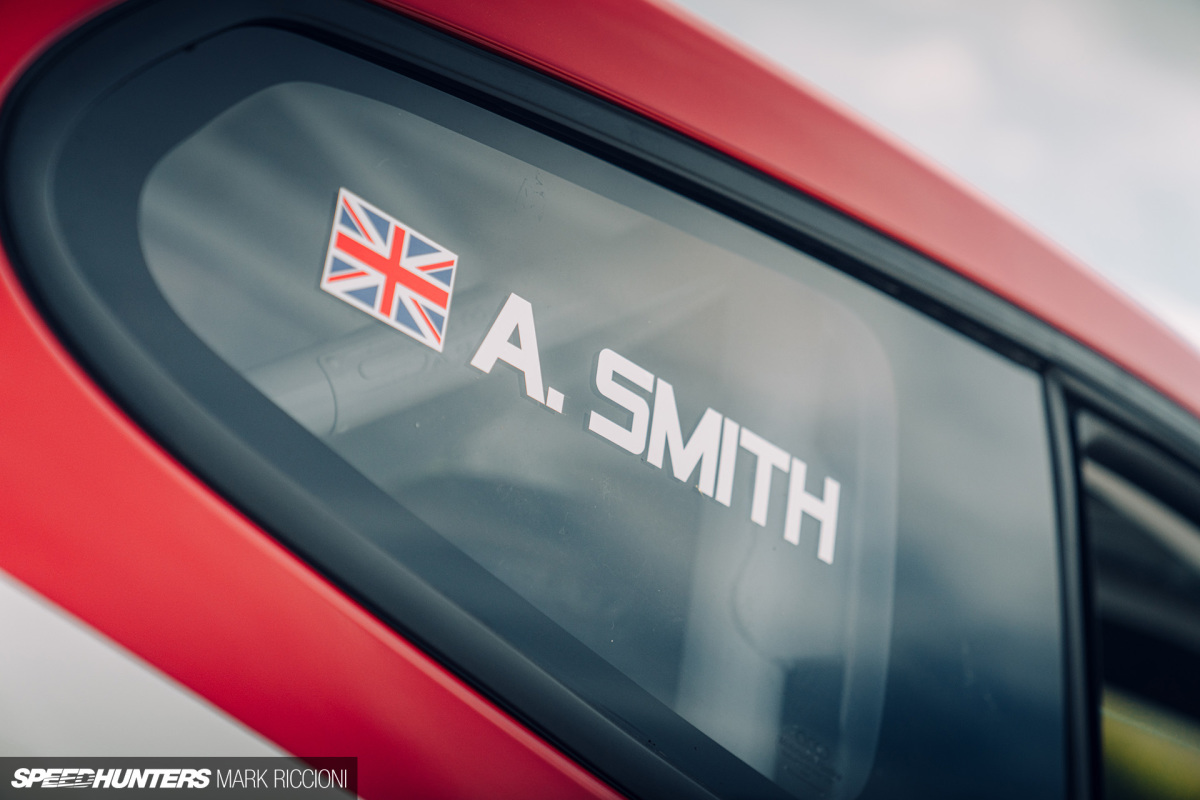
Six hundred horsepower from a 1.6-litre, 3-cylinder engine. That’s 375bhp per litre; 200bhp per cylinder. Before you quash that with some 2,000bhp VR38 monster, keep in mind that the GR’s internals are bone stock. No rod upgrades, no additional oiling – just a much bigger turbo and a ported cylinder head (excluding the custom manifold/intercooler and fuelling required).

What’s the science behind engines like the G16E-GTS, then? Modern engines for the most part have downsized, yet their outputs have generally increased. This means they’re all having to work a lot more efficiently, and the move towards turbocharging (and direct injection) plays a big part in that. The harder emission targets become, the more efficient an internal combustion engine must operate at.
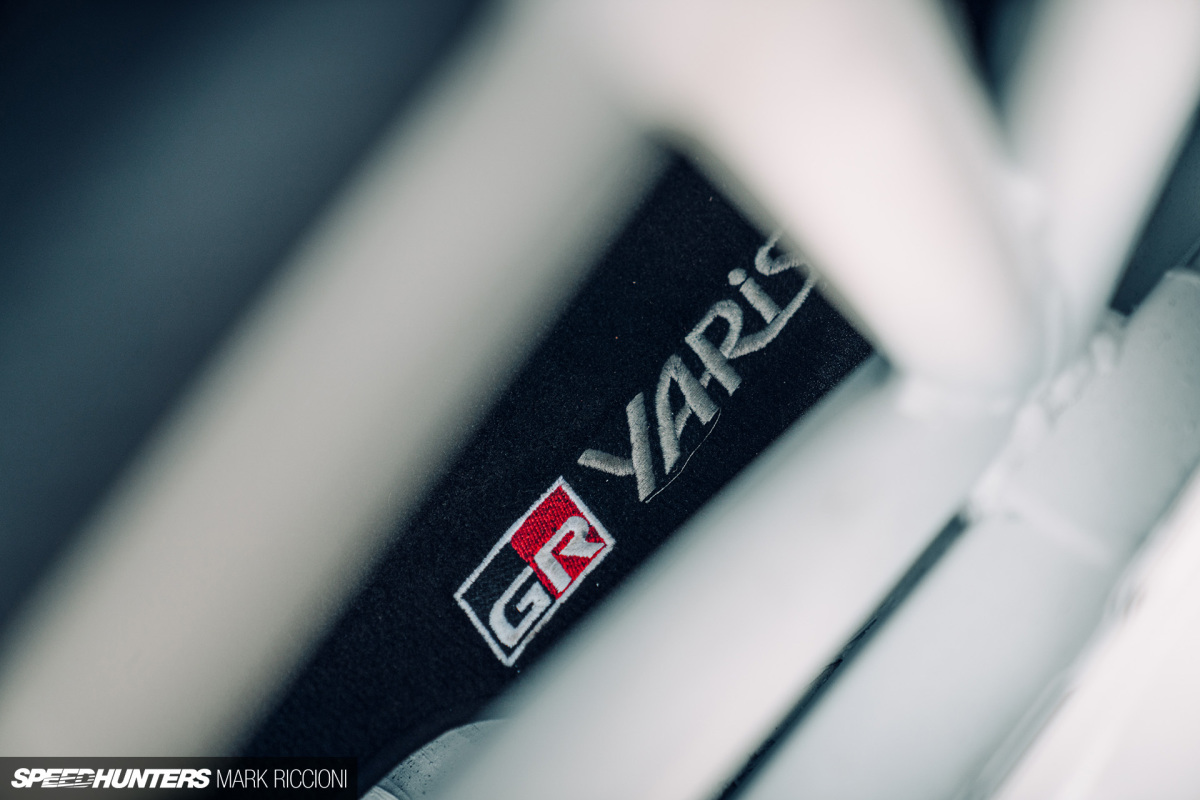
For a direct injected engine like the one in the GR Yaris, the air/fuel mixture being burnt is what they call non-homogenous. This means that some areas of the mixture have greater amounts of fuel in than others, versus ‘traditional’ port injection which tends to be more uniform. Imagine adding vodka to Coke, but you only want the vodka to hit you at certain parts of the drink.
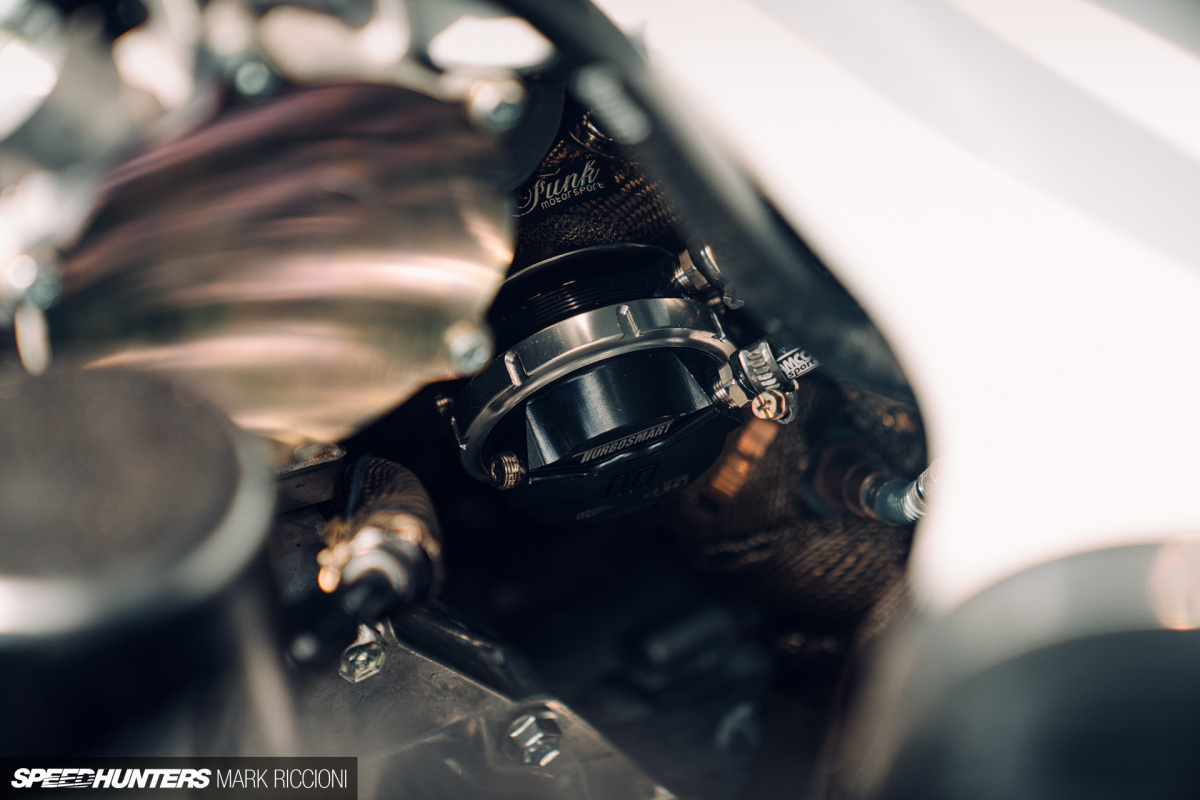
That sounds disgusting, but what’s the benefit for combustion? It’s all about controlling the flame propagation, or rather the way it burns (and the pressures created) once ignited. Fuel is being concentrated in the places it’s required most rather than everywhere, meaning less waste and more efficiency. Happy days.
What about drawbacks? Selfishly, it’s more difficult to tune without knowing exactly how it’s been designed to work. It could be that a particular engine runs super close to knock events with very high cylinder pressures, or it could be one with a big safety margin built in… like the GR Yaris.
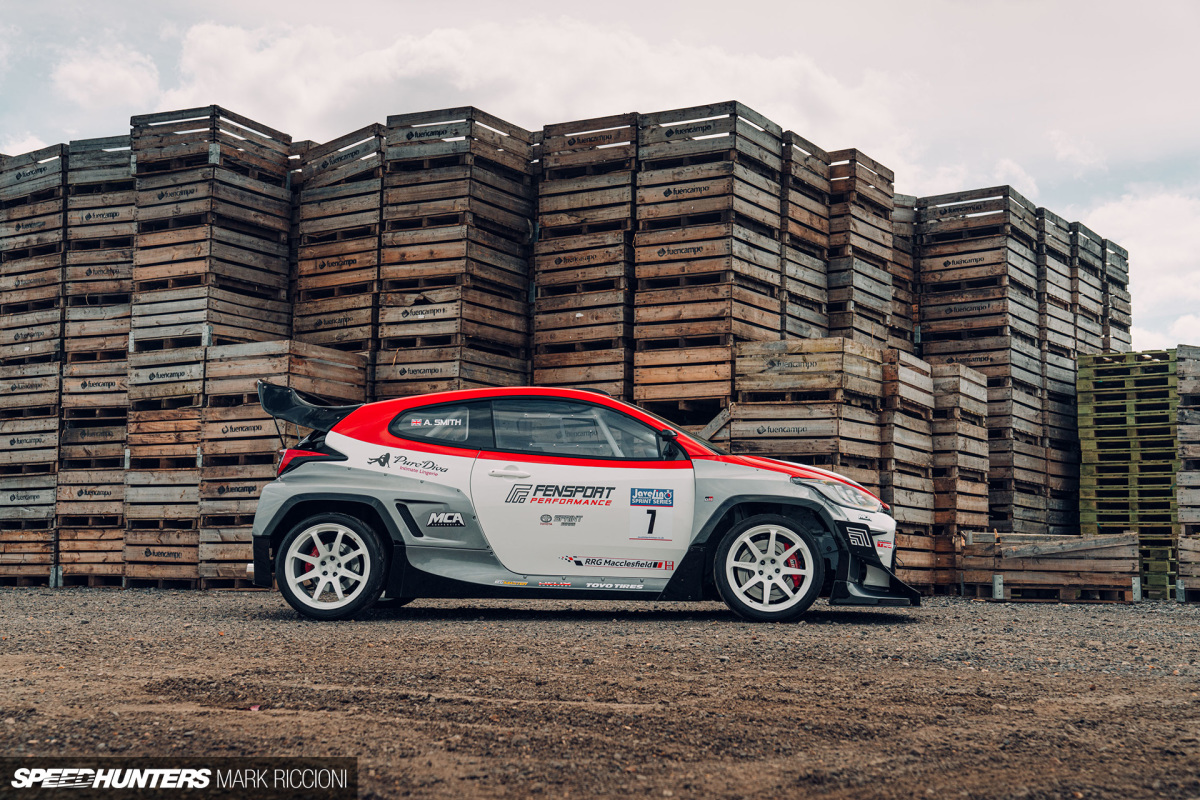
When you have a 1.6-litre 3-cylinder engine producing 260bhp and 360Nm, unsurprisingly it’s going to be quite strong. But aside from boasting a series of forged internals – including the crank and rods – the G16E-GTS has a highly-efficient oiling system (with focus on low friction) all designed to aid with hitting those necessary emission targets.
The high cylinder pressures associated with lean burning also means the piston crowns are robust (with a shot-peened surface). The ring edges are treated with a diamond-like coating, the rods are particularly beefy around the big-end bearings… the list is seemingly endless. But rather than reel them all off, the ‘Driving 4 Answers’ YouTube channel has handily covered the entire engine here.

With all this in mind, why did Adrian, Tom and the team decide to move backwards from the direct injection fitted as standard, to a more ‘traditional’ port setup instead?
“Well, direct injection has a short window because it’s thrown in after the valve has opened,” Adrian explains. “The durations are low, fuel pressure needs to be high and the injector size large to deliver the fuel mass required to complete combustion in a short time.”
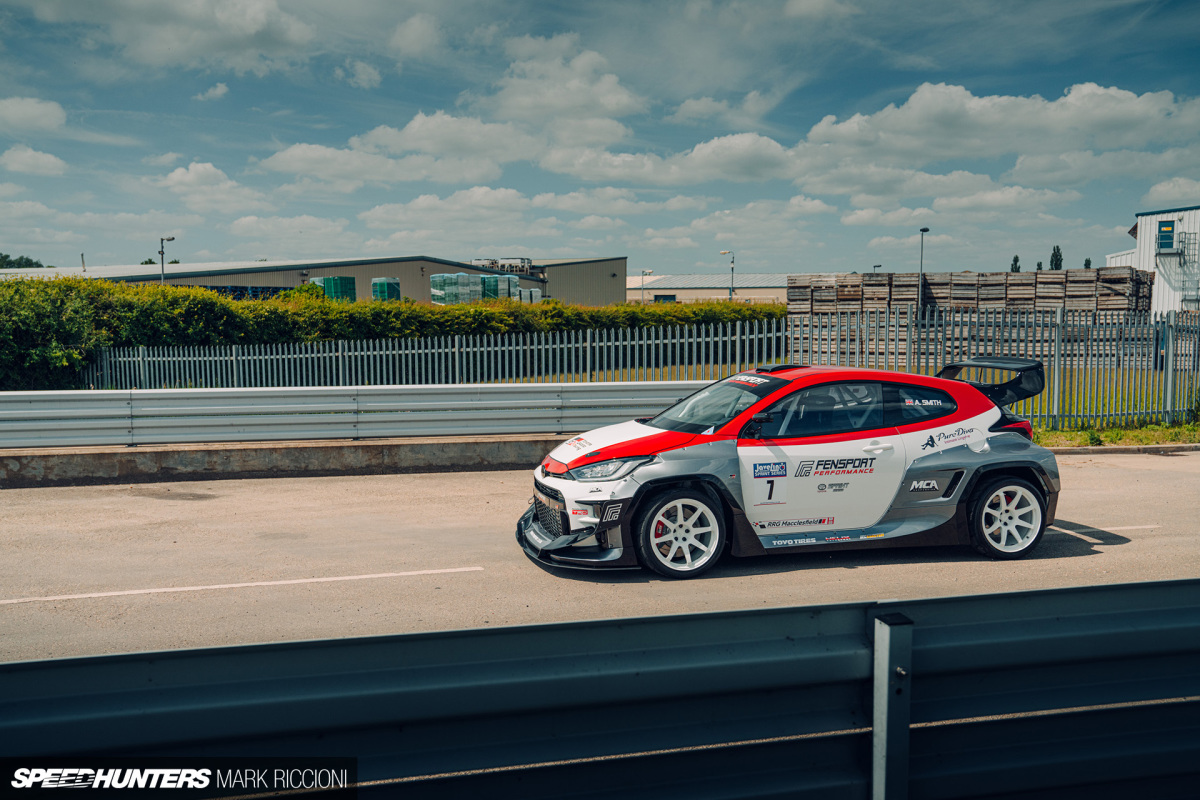
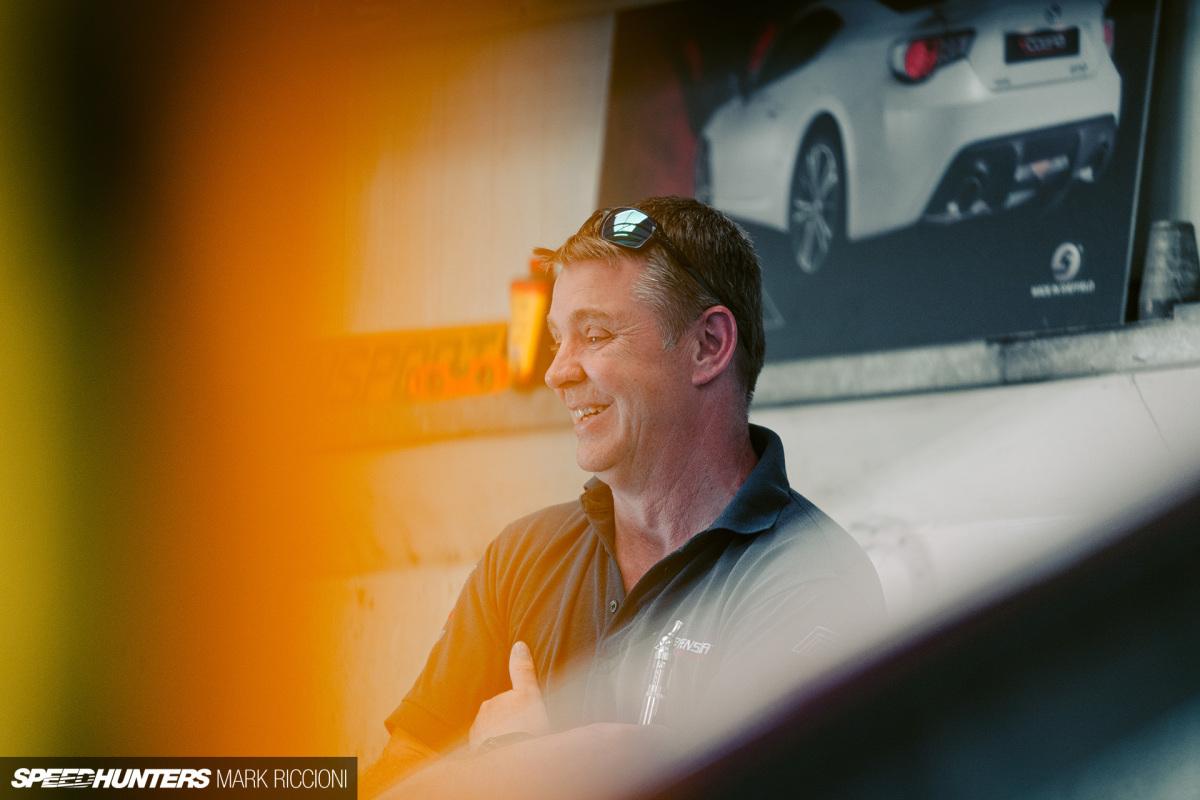
“Moving back to port injection gives us a much longer injector duration with lower fuel pressures and more typical injector strategies, like running it richer. That means we can reduce exhaust gas temperatures and improve knock resistance, which in turn means we can throw much more boost and fuel without having to change the rest of the engine.”
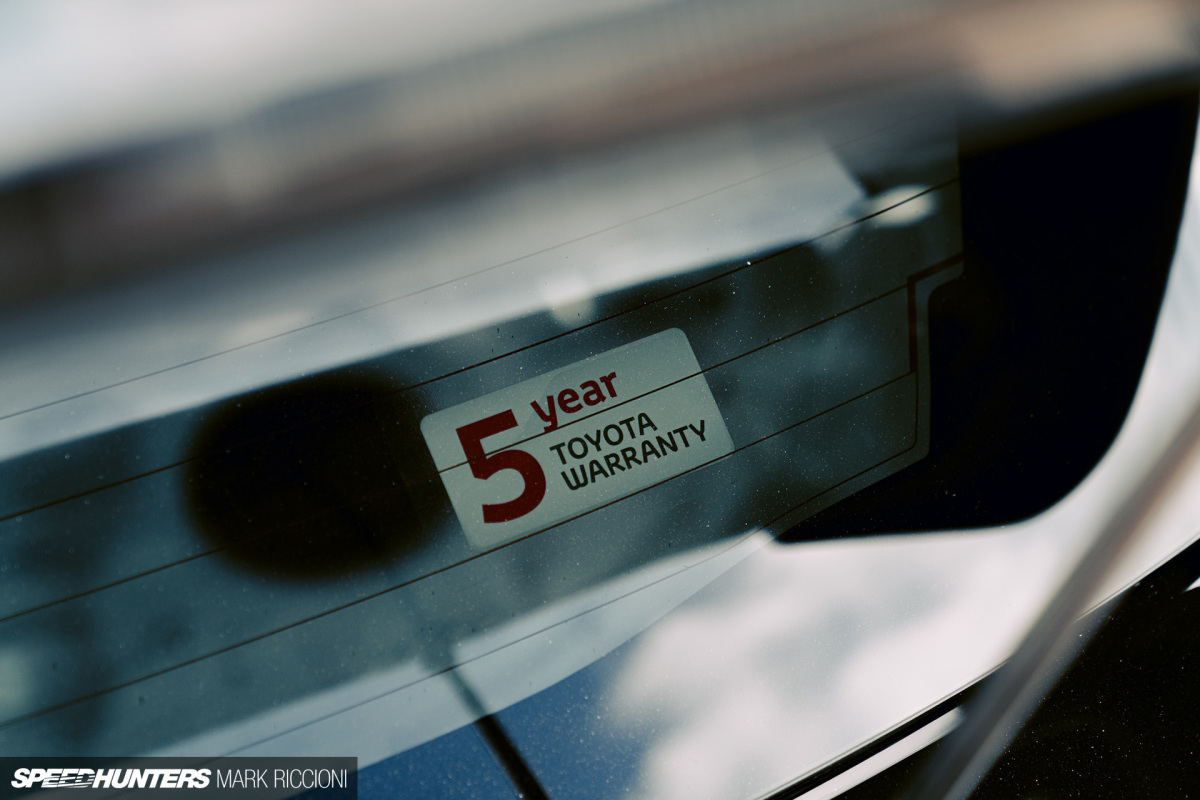
There’s a cruel but brilliant irony to this. Strict emissions have required the engine be stronger to cope with the associated stresses yet throw all that away and the result is over double the power. I’d always assumed the downsizing and switch to turbocharging would make this current generation of engines quite dull, but it’s actually a hugely exciting time for tuners.
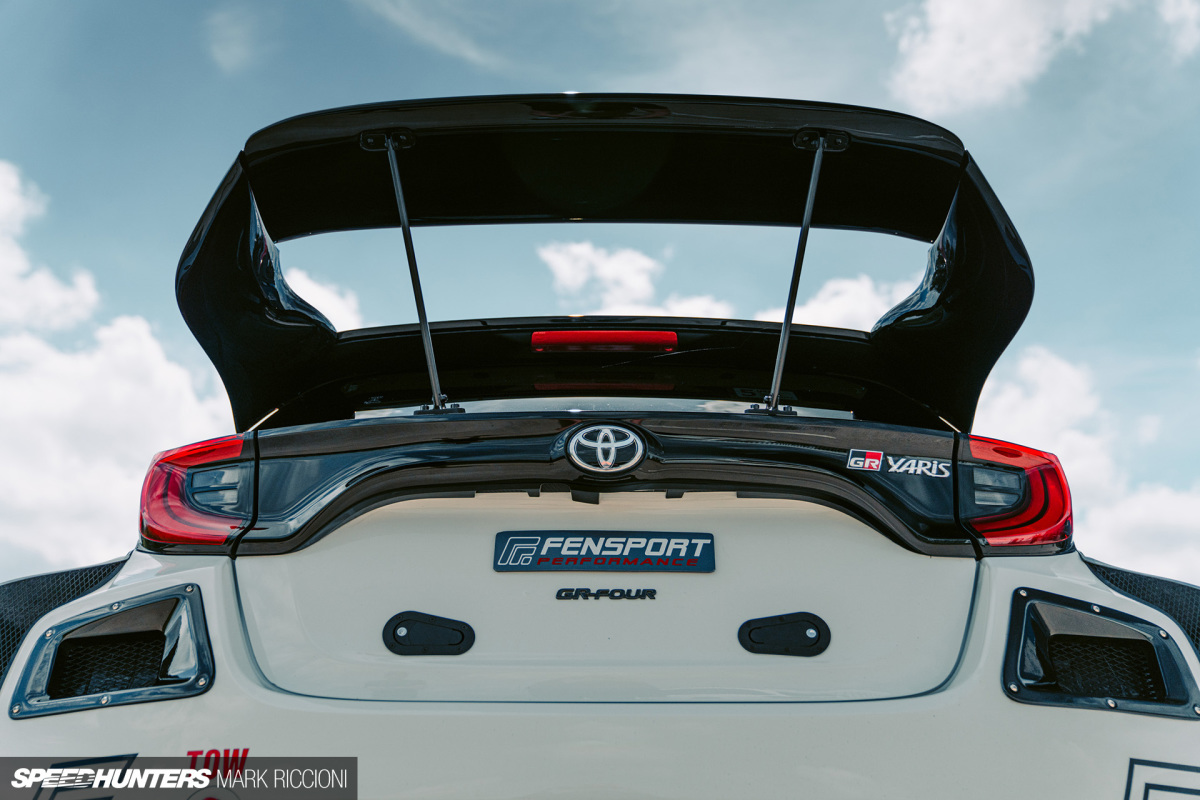

It’s like the mid ’90s all over again for Adrian and his team. Brilliantly over-engineered four-wheel drive monsters entering the scene with potential far beyond anyone could’ve imagined. And best of all, they’re only just getting started.
“We’ve not even had this car for a year yet, remember,” Adrian points out. “We did have some bad luck towards the end of last year so couldn’t push as hard as we wanted to, but Version 2 will be ready in the next two weeks – and with every other build we’ve continued to develop it over multiple years. The GR Yaris will be no different – we’re not stopping until we’re the fastest, mark my words.”
Mark Riccioni
Instagram: mark_scenemedia
Twitter: markriccioni
mark@speedhunters.com
2021 Fensport GR Yaris
Engine: Toyota G16-GTS 1.6L 3-cylinder, ported cylinder head, combustion chambers re-profiled, direct injection removed & ports plugged, Pulsar Turbos G25-660 turbocharger (2.0bar low boost, 2.5bar high boost), Fensport custom manifold with 45mm Turbosmart wastegate, Fensport custom 2.5-inch alloy intercooler piping from turbo & 3-inch from intercooler, Fensport custom 600x300mm intercooler, Fensport custom intake manifold with larger 4U-GSE (Toyota 86) throttle body, Davies Craig electric water pump conversion, Fensport custom swirl pot, silicon water hoses, Fensport carbon air box, Blitz SUS Power air filter, 4-inch alloy air intake, Cusco rear engine mount, 2.0-litre catch can, Fensport 3-inch exahust system from turbo back with AVO rear silencer and tailpipes (modified to suit from Toyota 86), stock fuel tank & pump (used as a lift pump), fuel swirl pot with 2x 255lph staged pumps, Turbosmart 1200 fuel pressure regulator with return to tank, custom fuel rail & lines, Bosch Motorsport 1,350cc injectors, ERL Aquamist water methanol injection (3x direct port and 1x pre-throttle, baffled tank), Ecumaster EMU Black engine management system
Driveline: Factory 6-speed manual gearbox, Helix steel flywheel, Helix 6-paddle clutch, Helix uprated clutch cover assembly
Suspension: MCA Reds coilovers (10kg front springs, 16kg rear springs), Cusco adjustable camber arms, Cusco adjustable toe arms, Gazoo Racing front strut brace
Wheels/Tyres: BC Racing RT53 forged monoblock 18×10.5-inch wheels (temporary), Fensport 25mm wheel spacer/adapters (temporary), Toyo Proxes R888R 295/30R18 tyres
Exterior: Pandem Rocket Bunny wide-body kit with Fensport carbon rear supports, unnecessary air intakes blocked in front bumper, intercooler & radiator carbon intake guides, reverse light removed & larger vent in rear bumper, Perspex side windows
Interior: Custom Cages FIA-approved roll cage, Corbeau Revolution X racing seat, Corbeau alloy side mounts, FIA 2021 steel seat rails, Cartek solid state cut-off switch, Lifeline fire extinguisher, Ecumaster power distribution module, Ecumaster switch panel, Ecumaster GPS, Ecumaster ADU 7-inch dash with logging
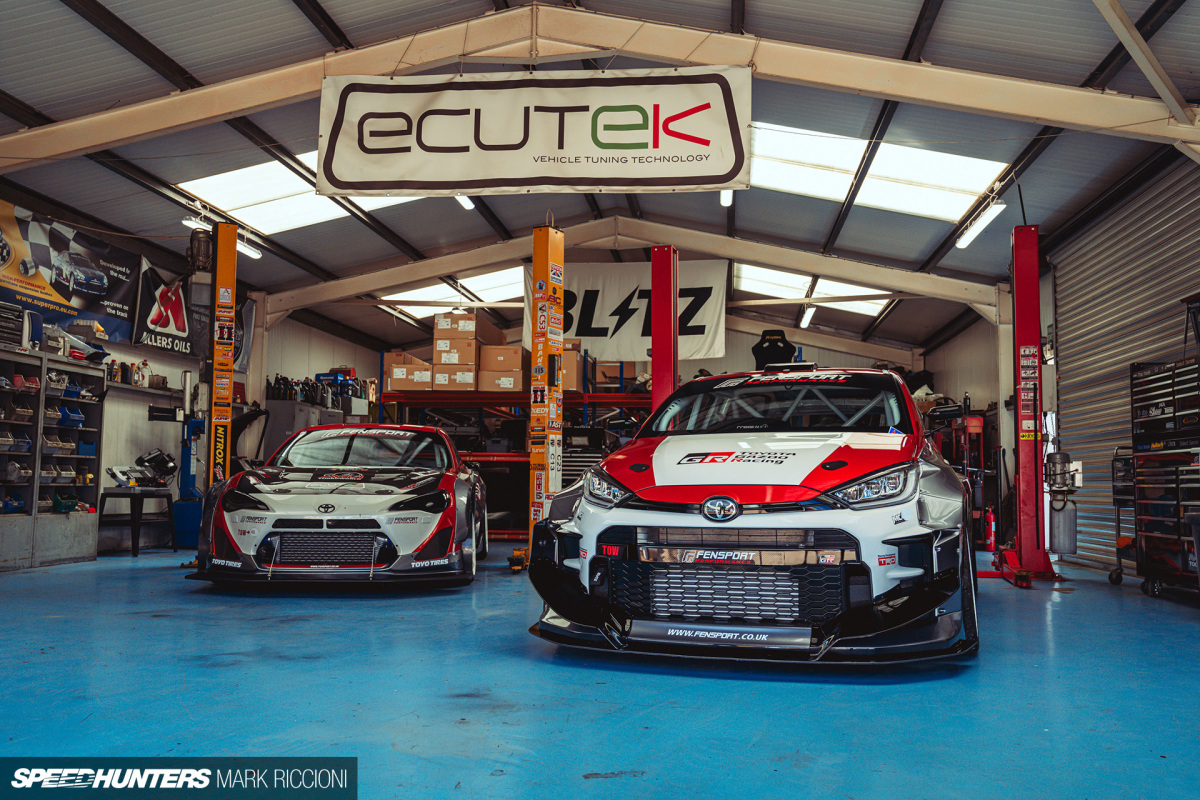
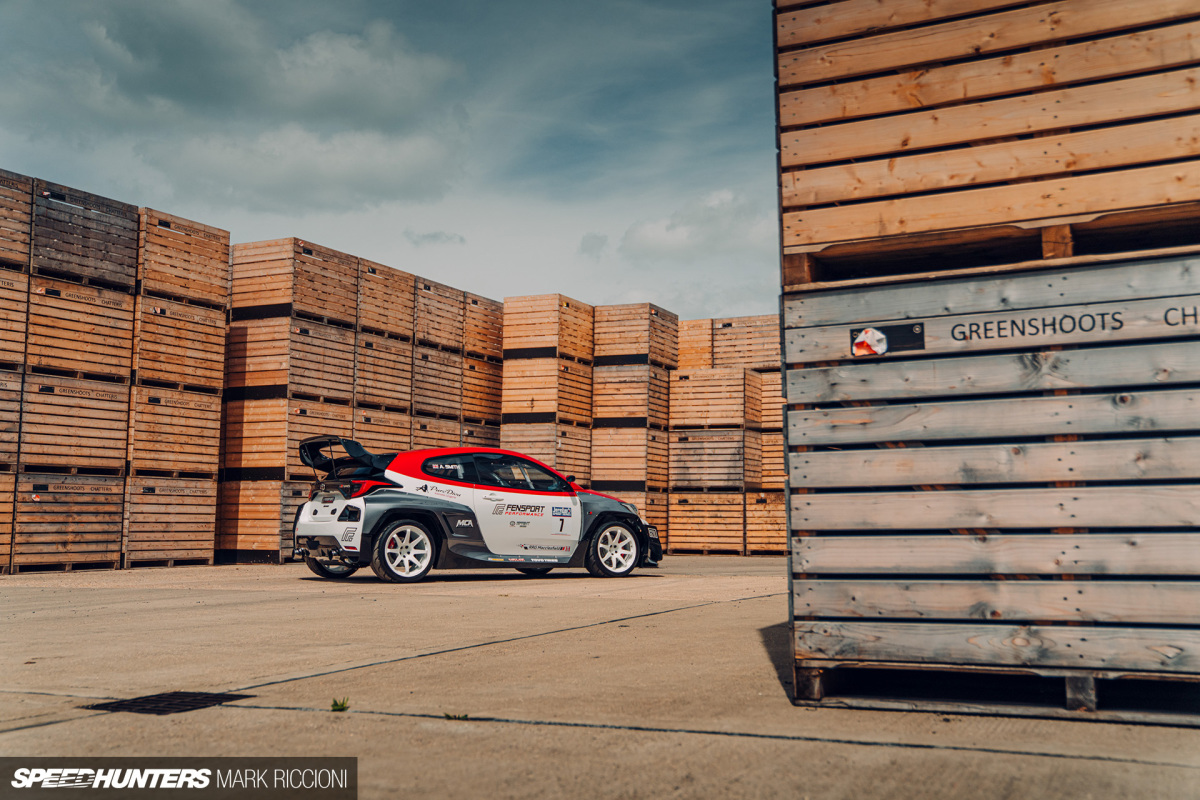

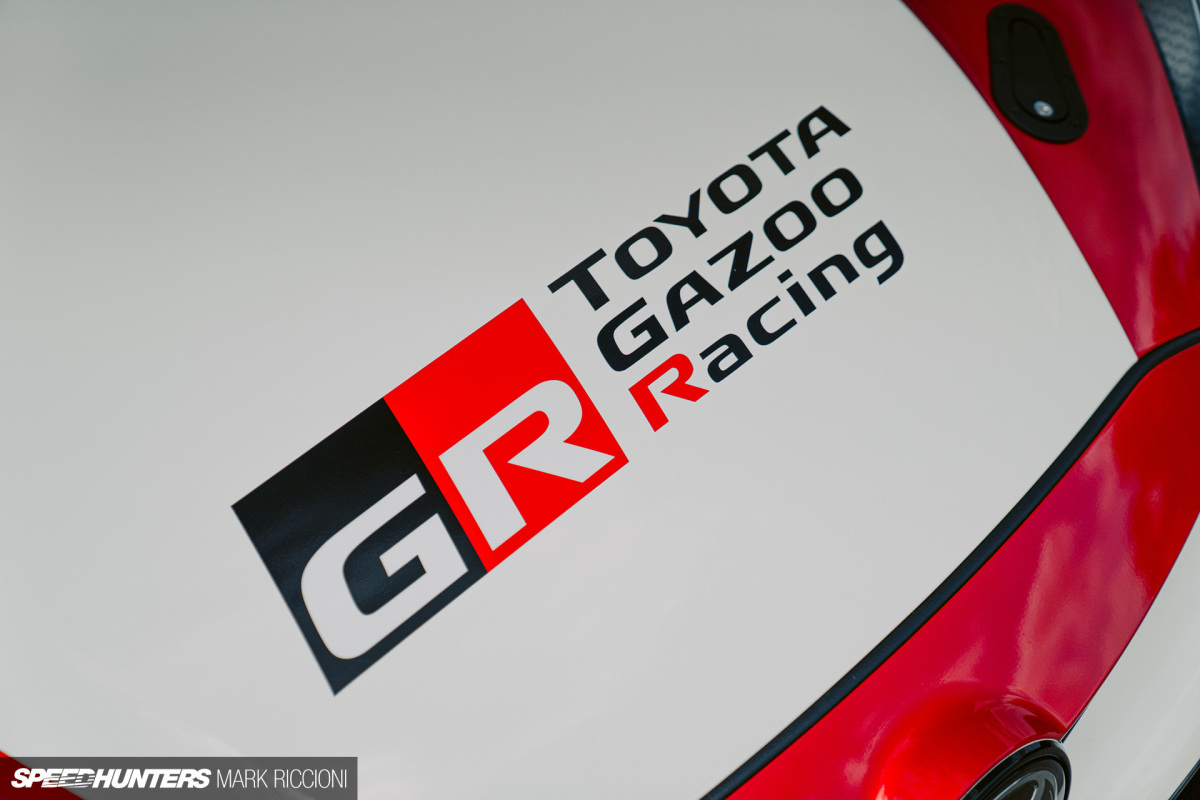






































































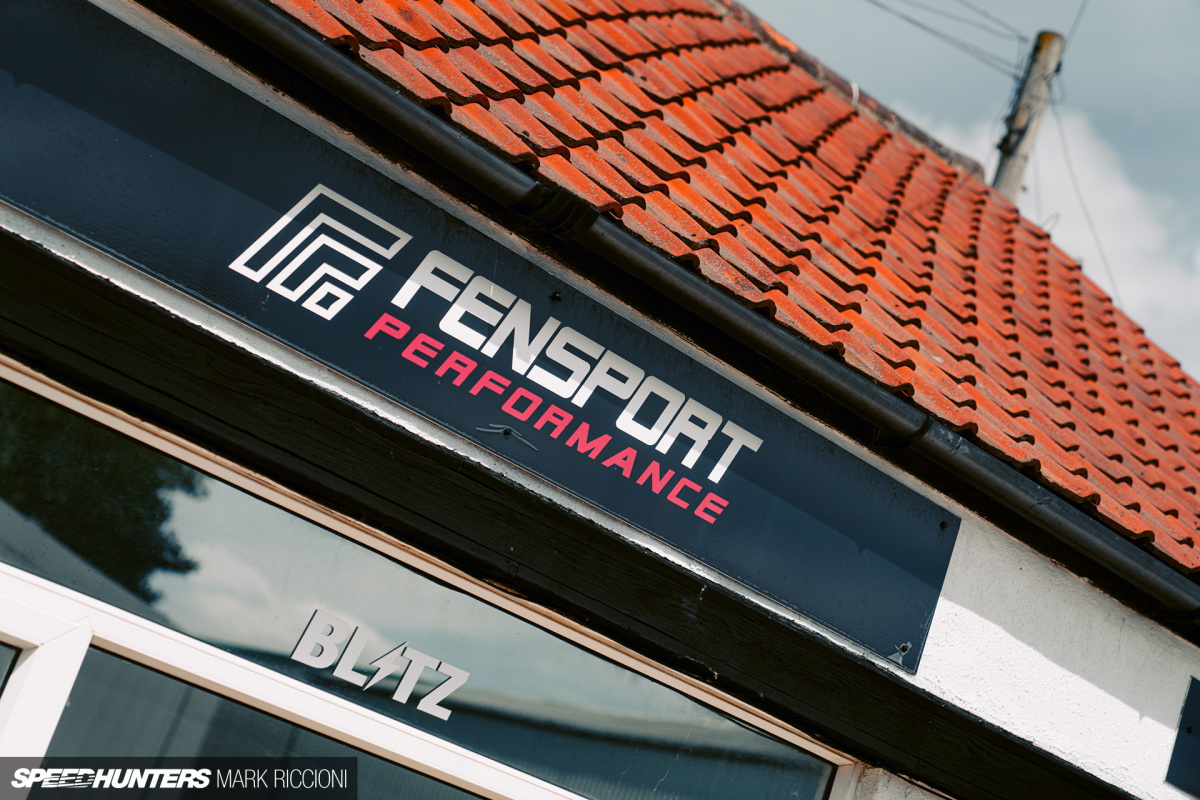
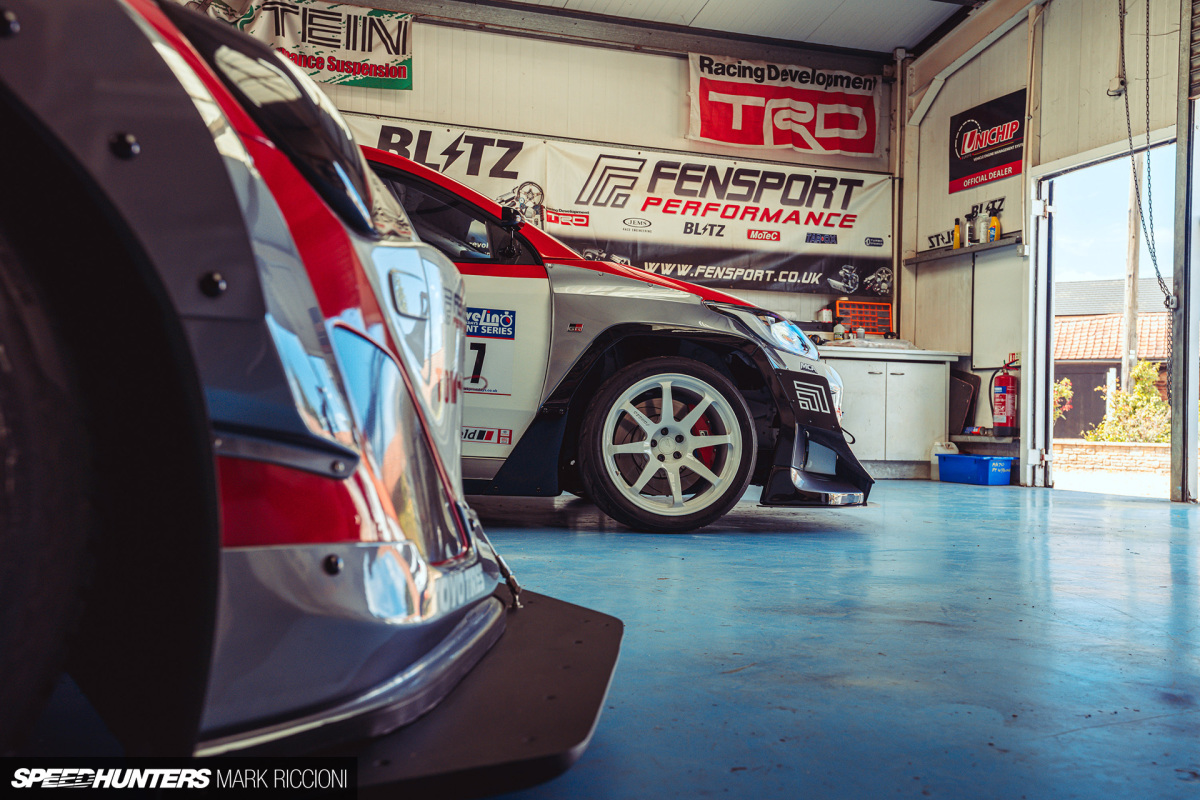
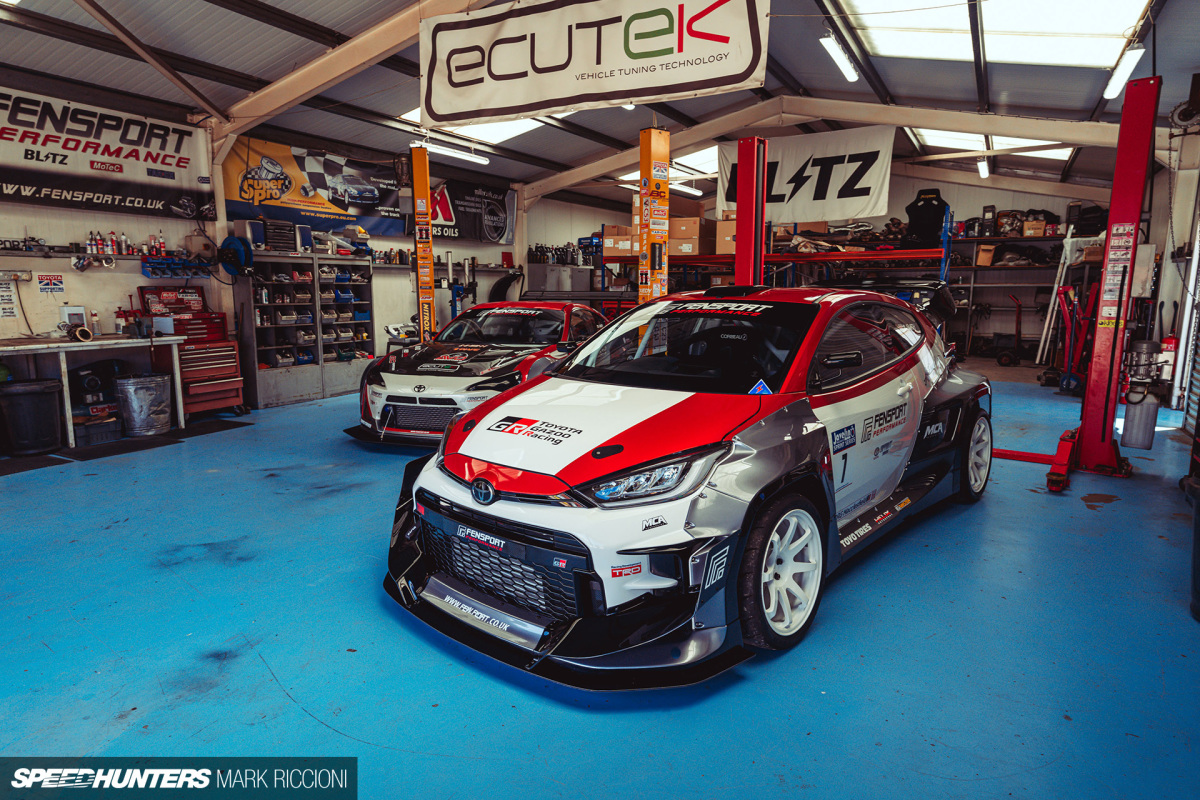
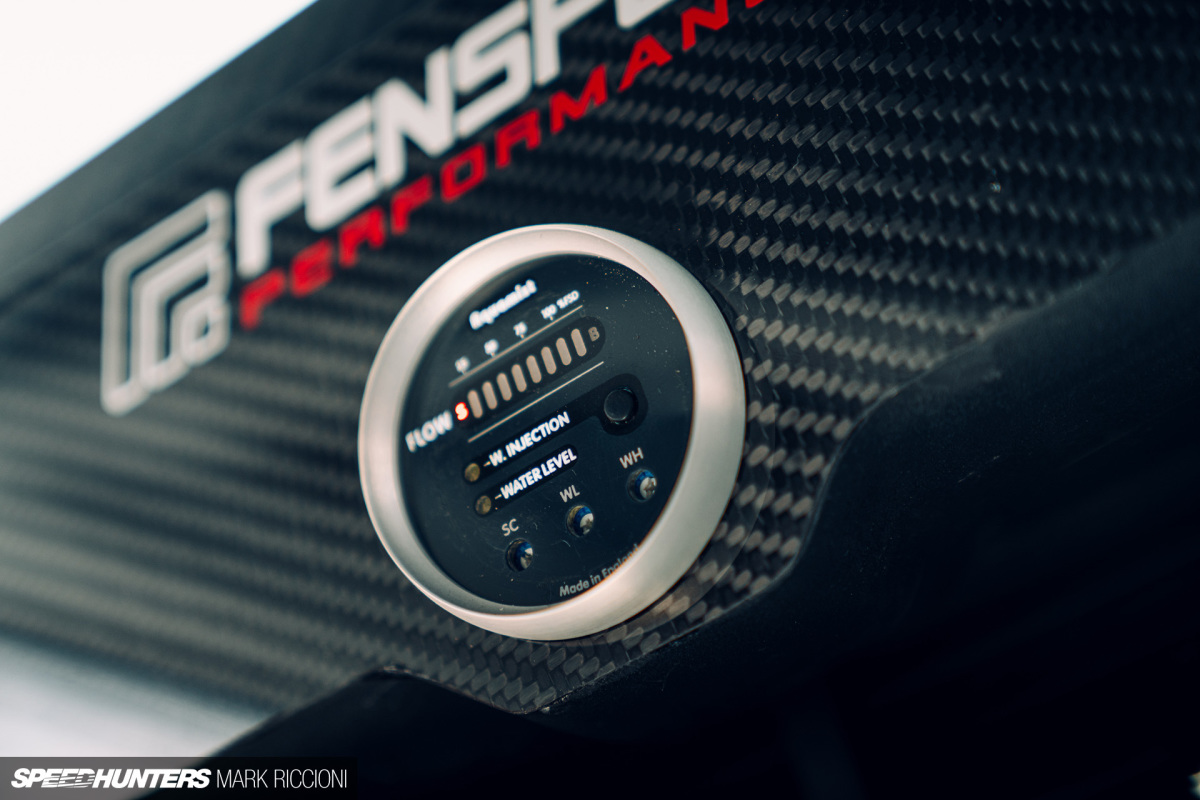
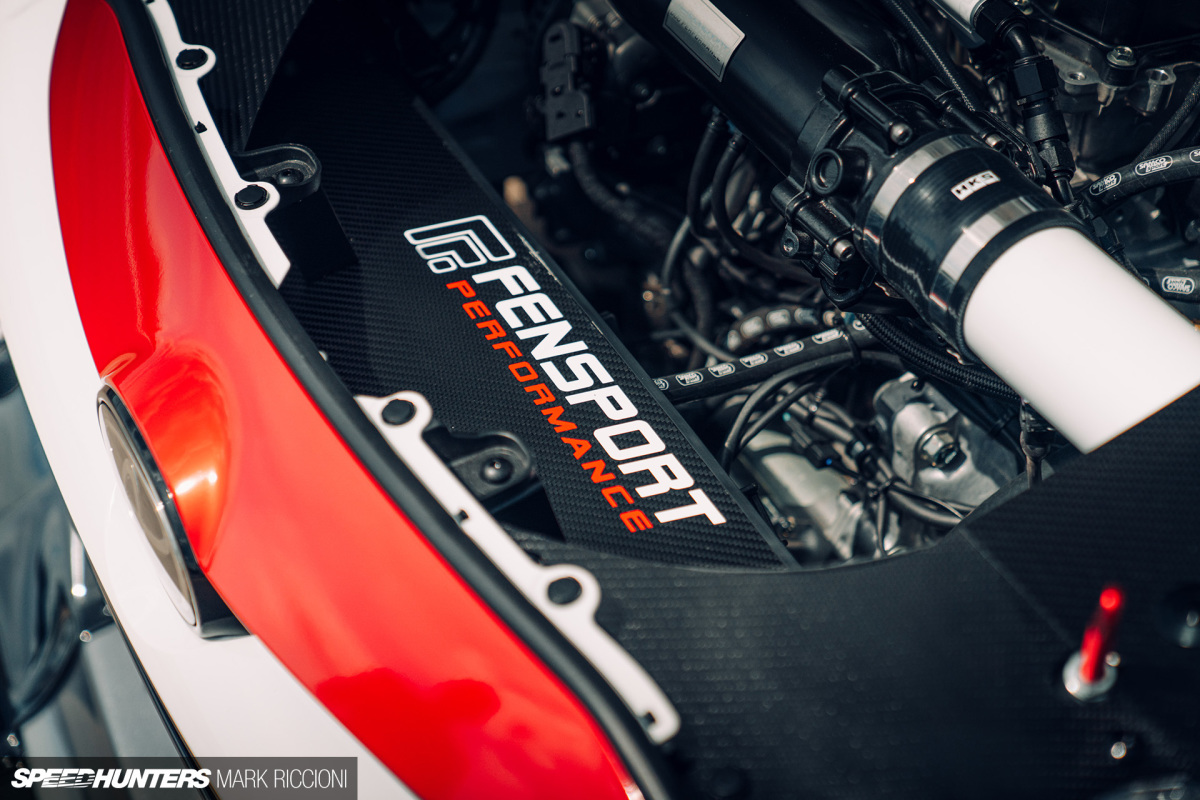

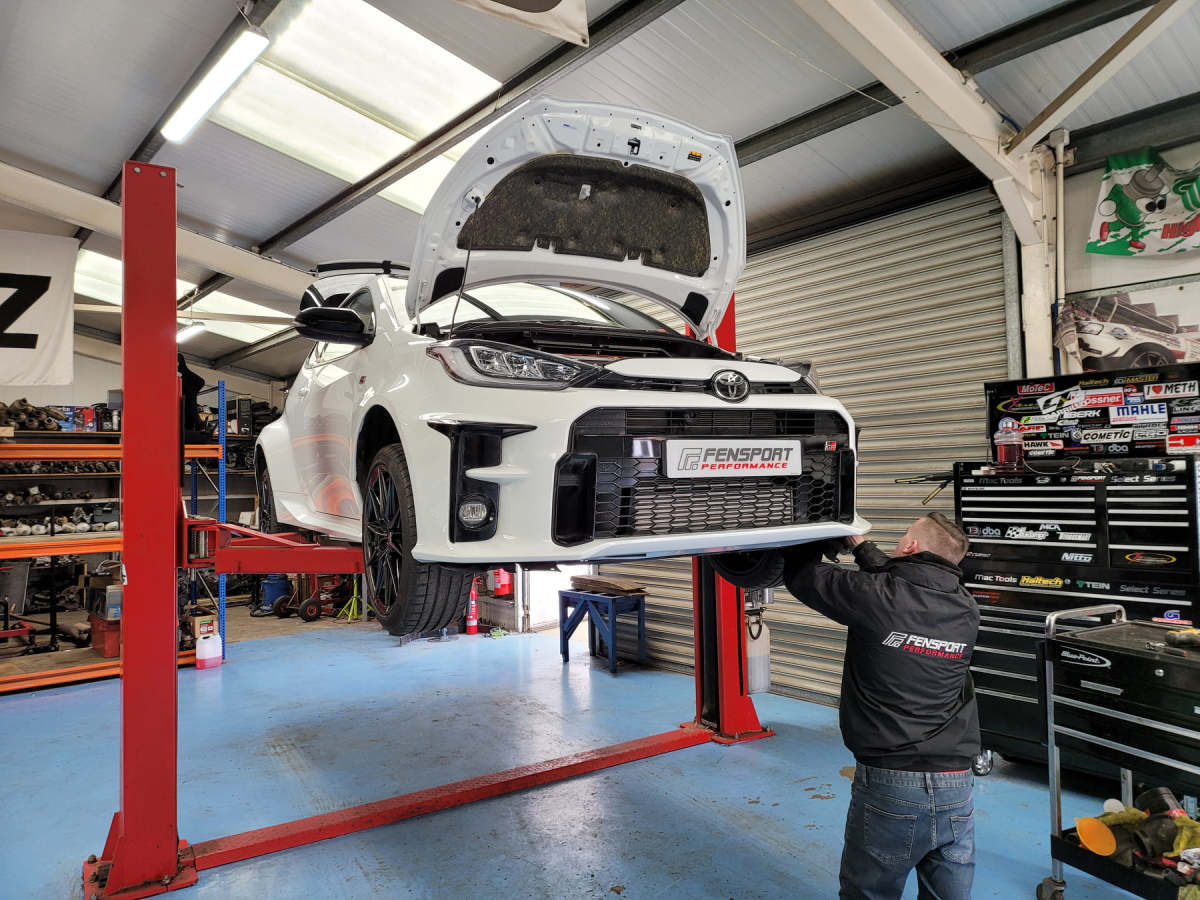
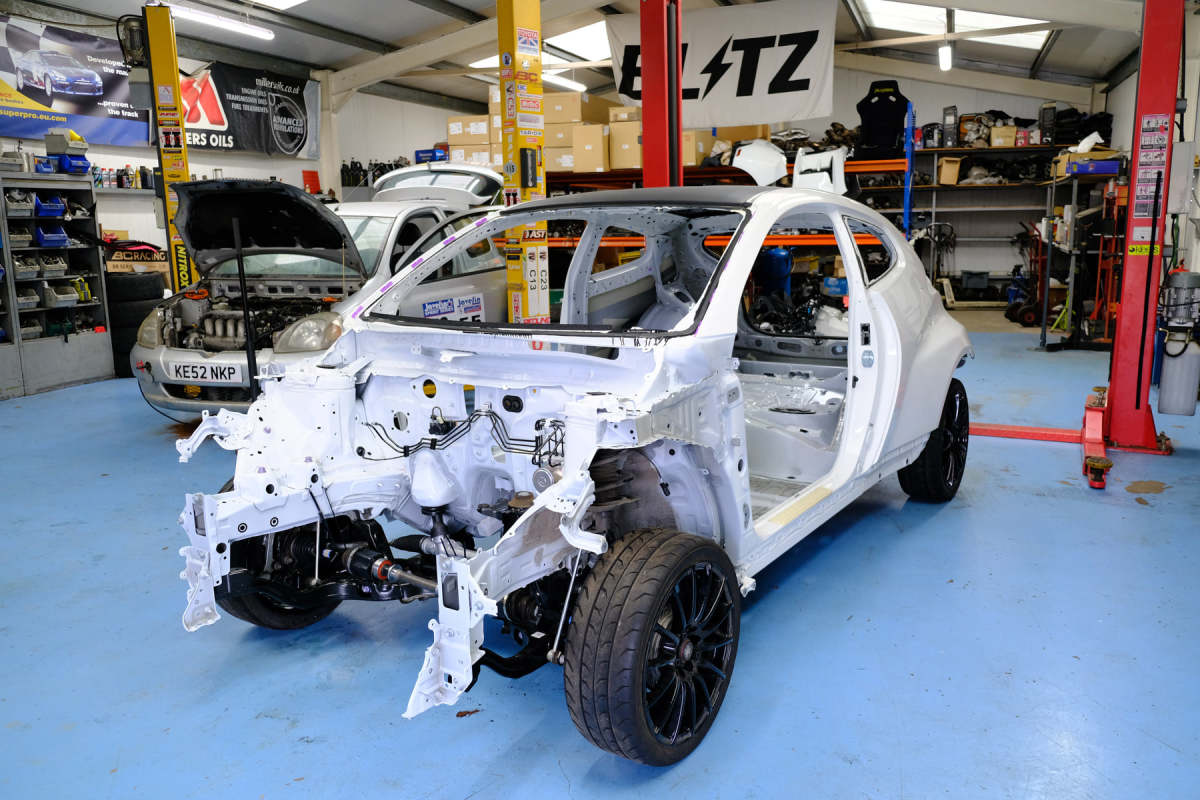
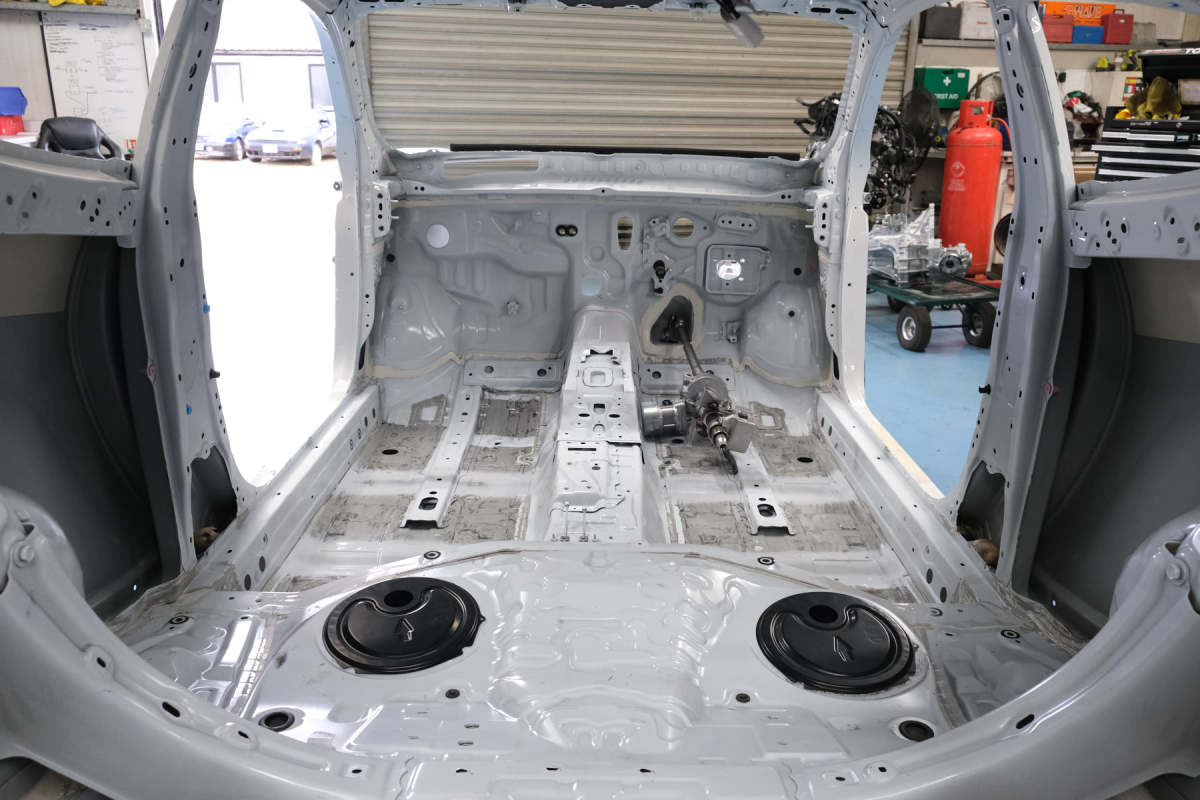
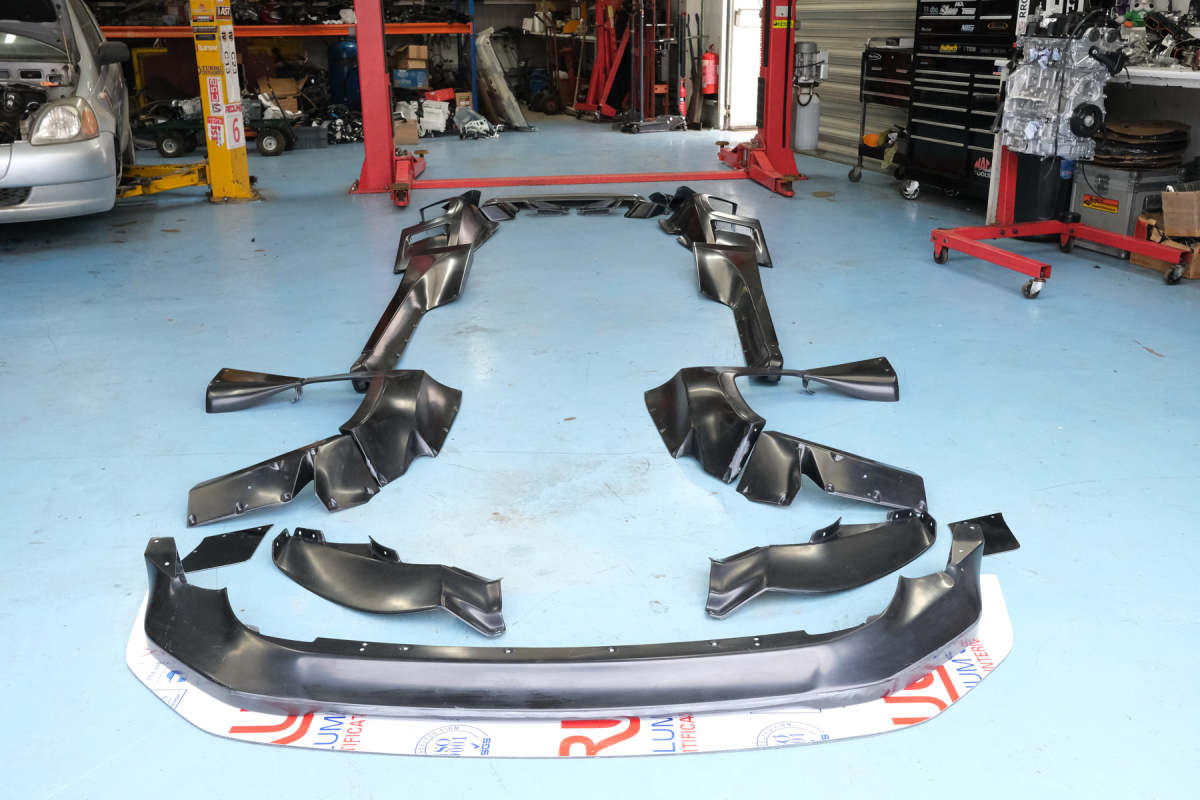
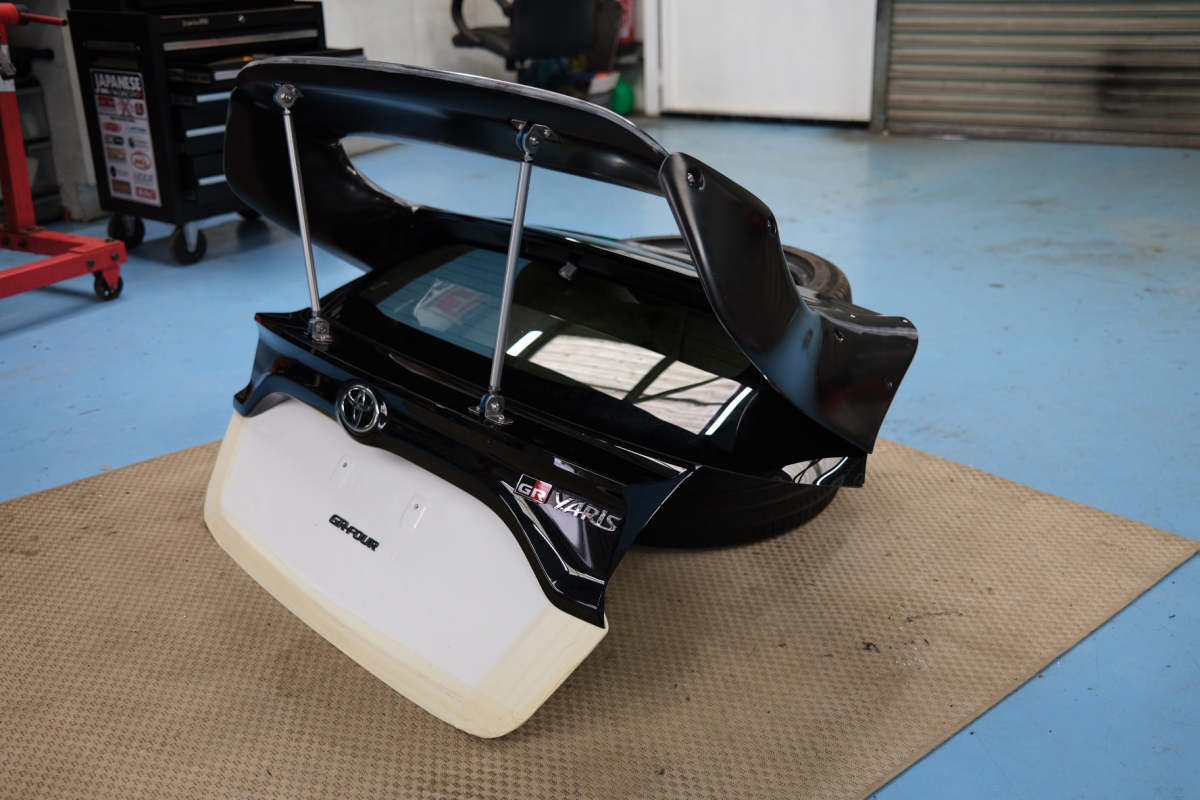


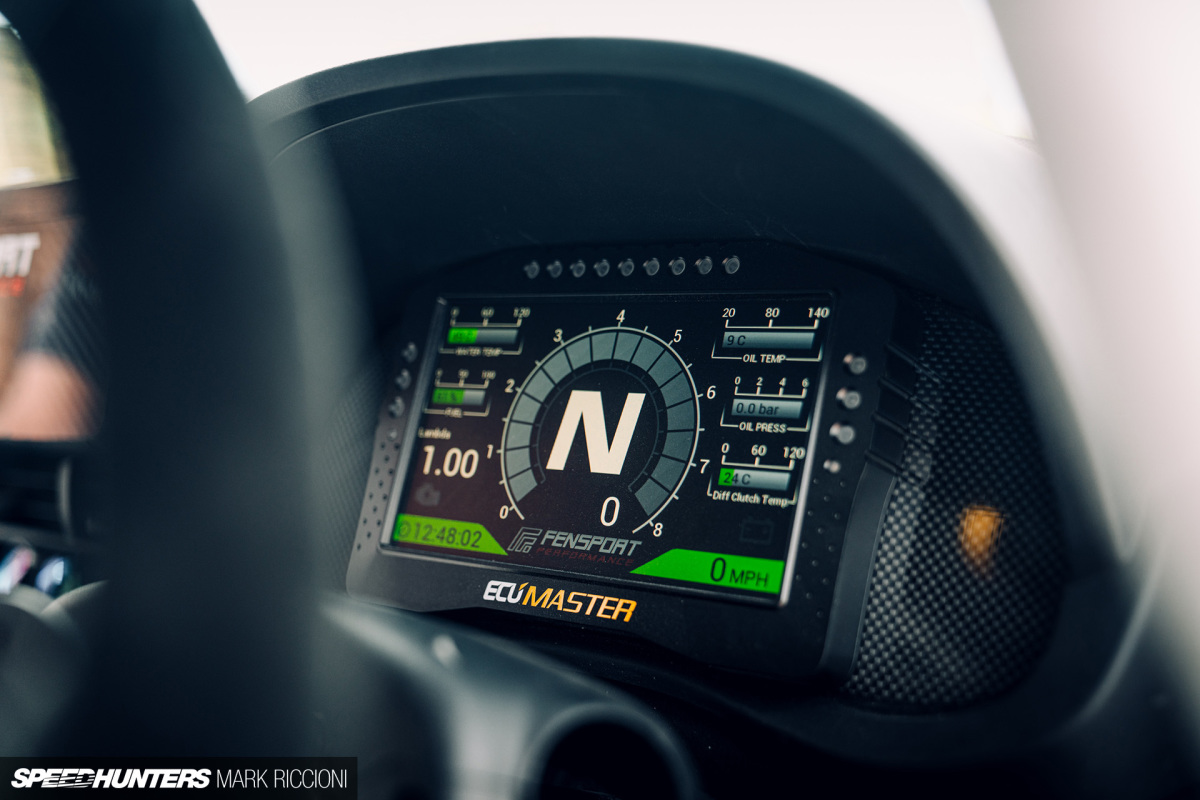
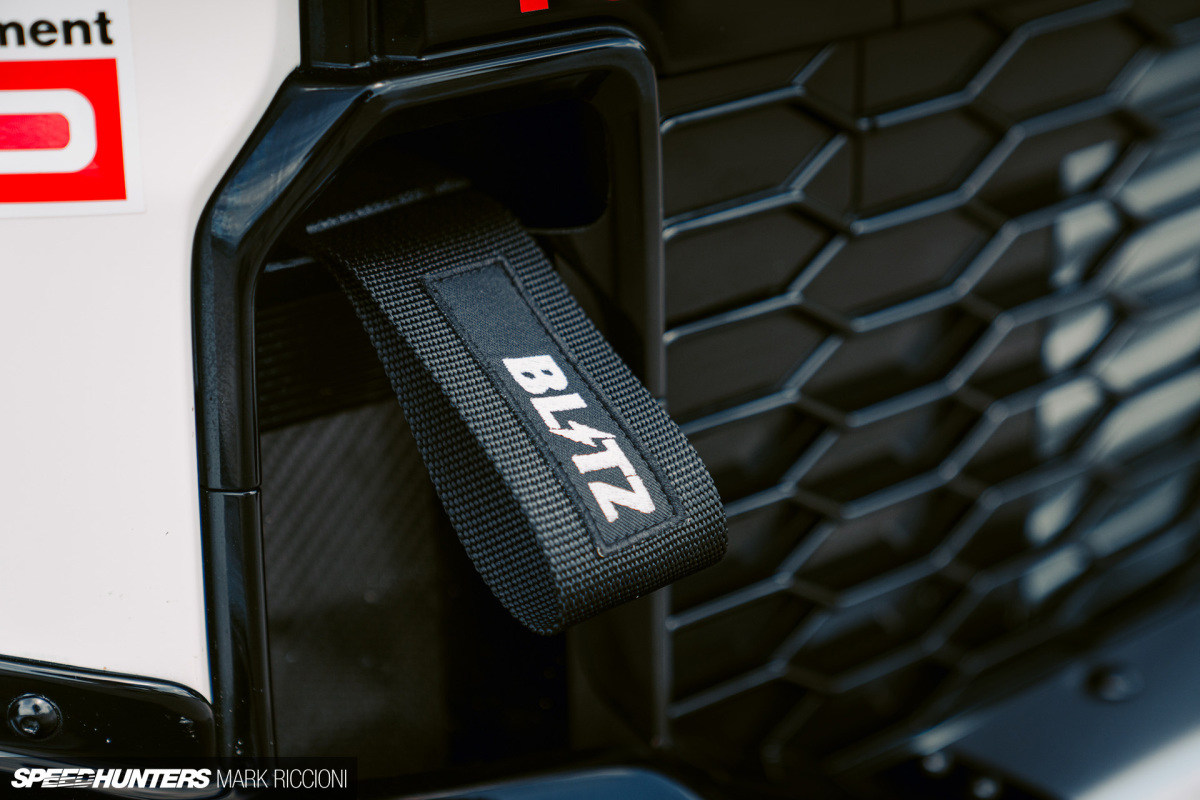

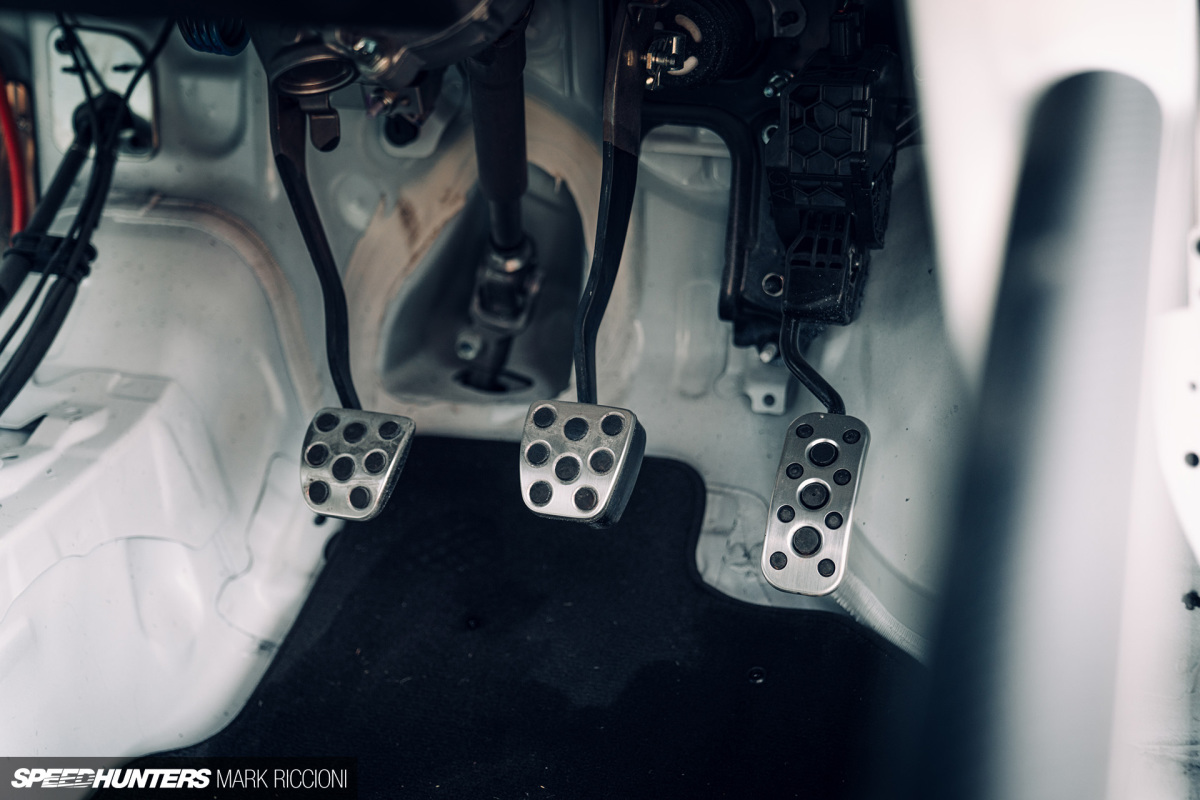
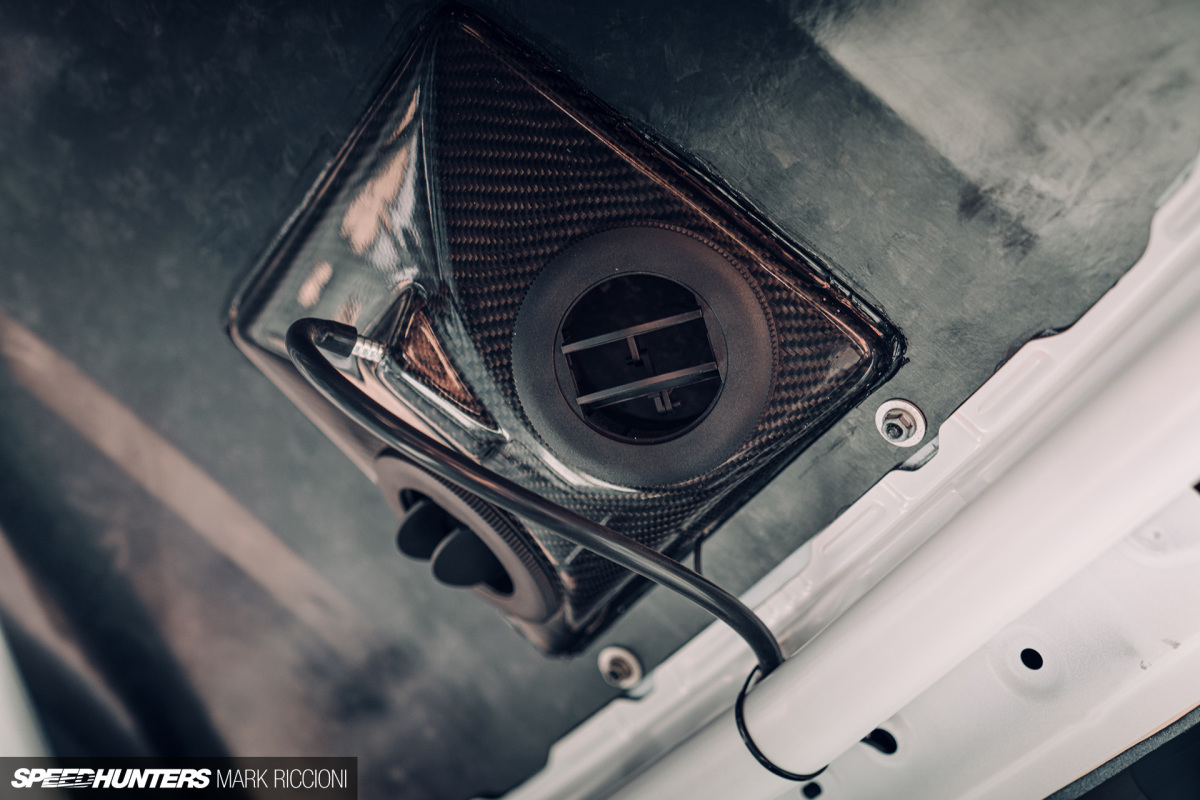
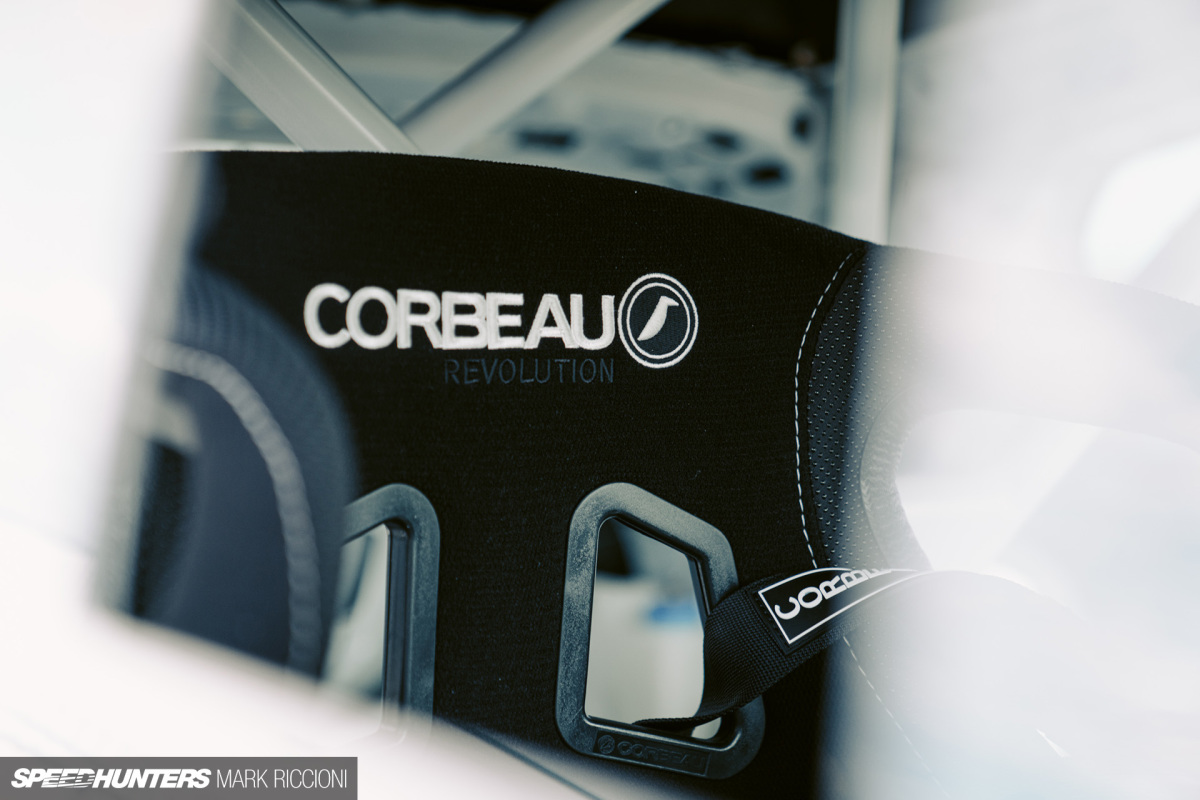
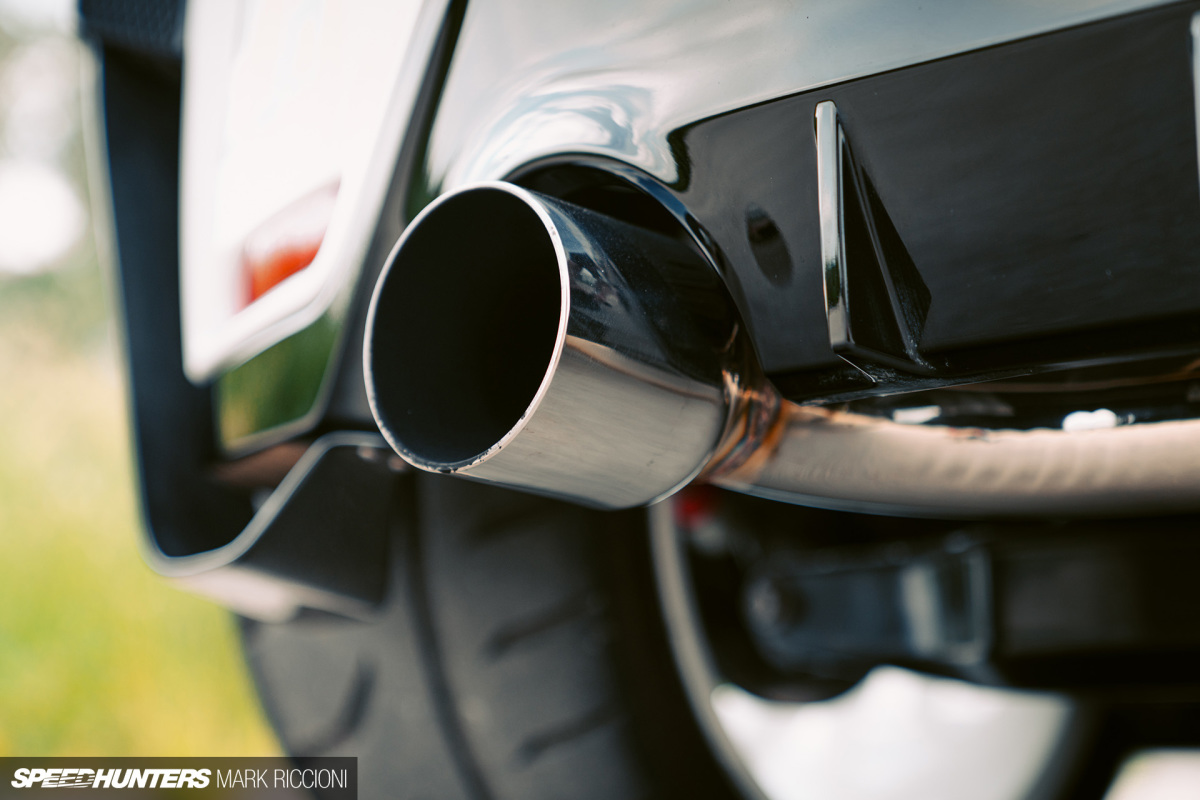
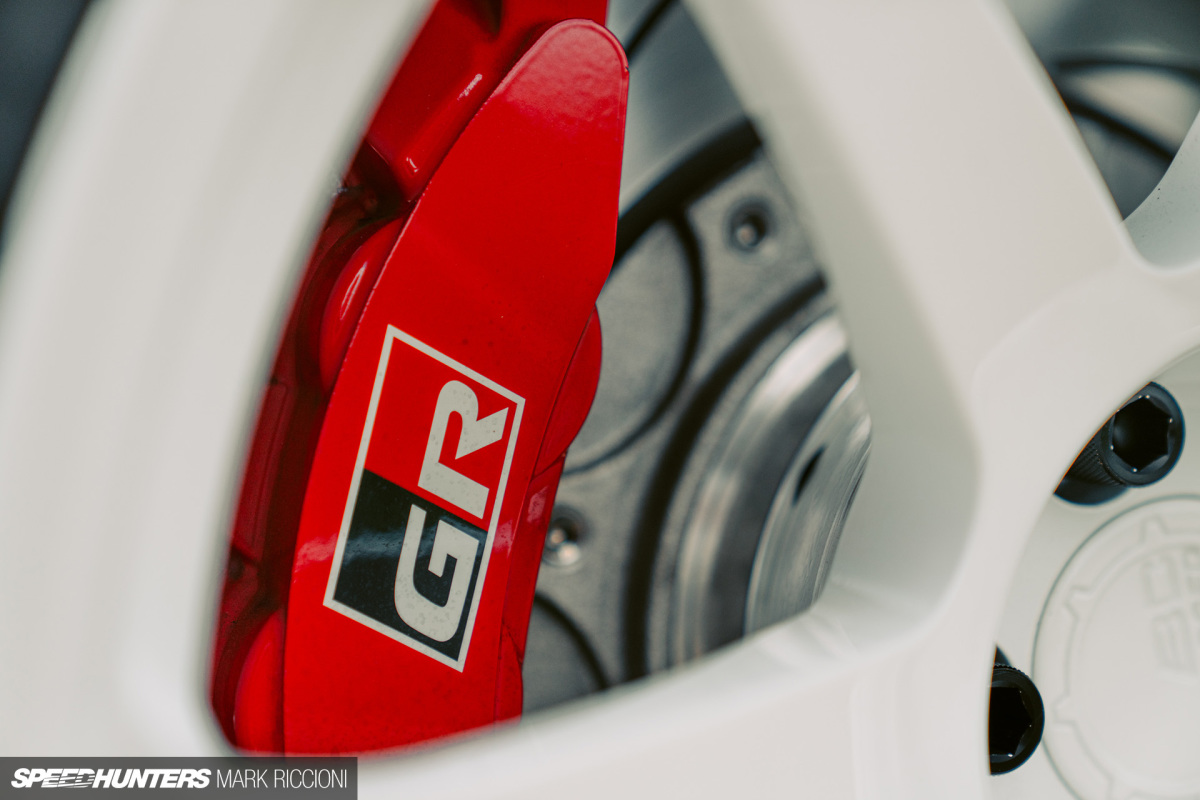


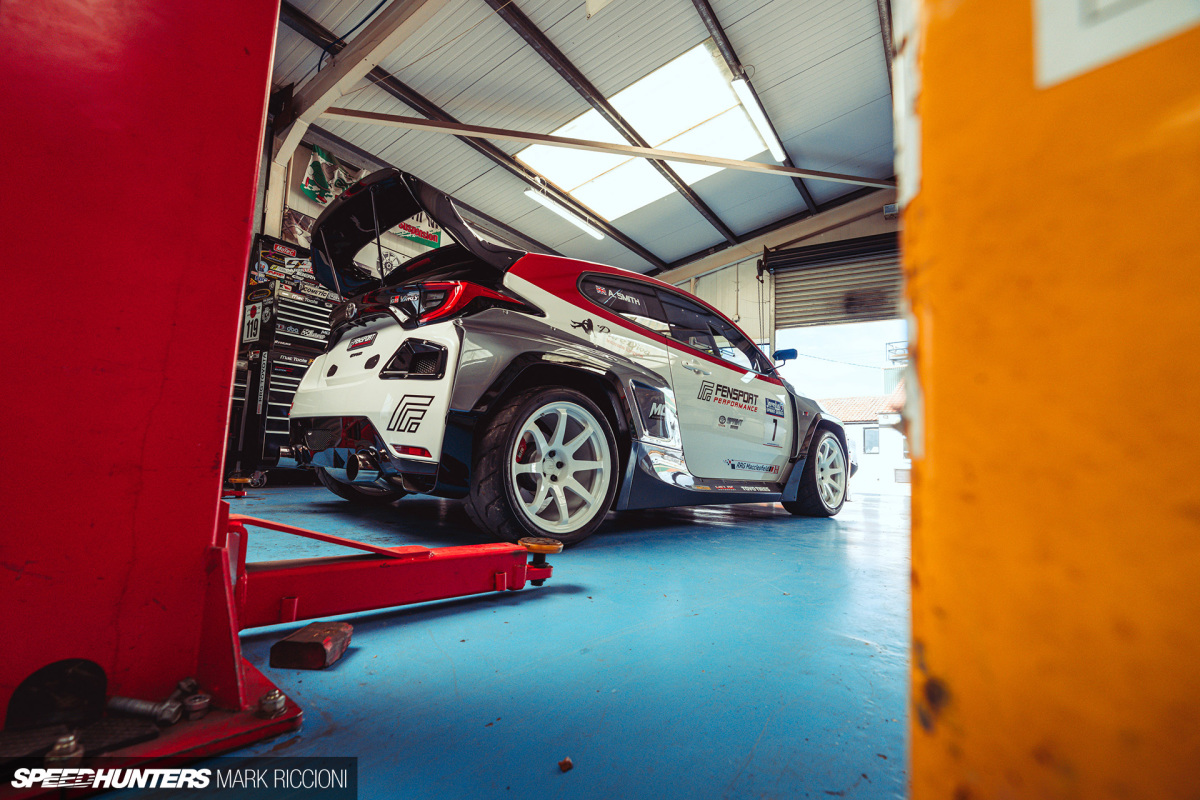
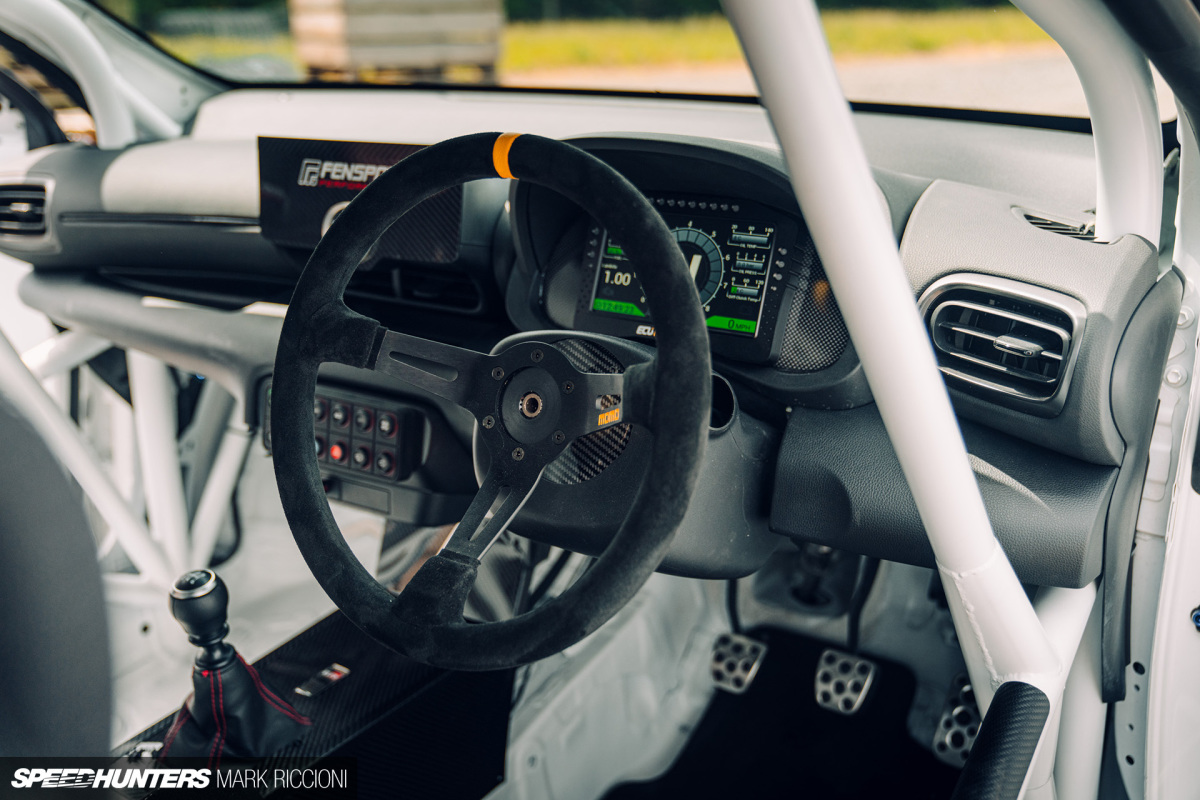







So in 2 weeks we will have a V2 feature for the V2 GR Yaris? That's what i can conclude in the end.
Papadakis switched to port injection (with intend to double injection in the future) while he was building the B58 for the Supra, I think it's common in the tuners' world these days; and why not benefit from it if it's that "easy".
I think if we were to re-feature the Yaris every time it changed/upgrades/increased in power, we may as well setup a weekly channel for it! Interesting to know about the Supra - one thing we need to go into more detail on in the future (which dare i say is overlooked somewhat in this piece) is the extent Adrian and Tom went through in order to retain a lot of stock function/features, rather than running everything off standalone.
easy and cheaper direct injection fuel rails and injectors are very expensive and the larger you go the more pricey they become
Still wrapping my head on the numbers here(hp)...are we talking fwd or awd?
AWD - you can see a couple of videos of the GR in action on their YouTube here: https://www.youtube.com/c/ajsalive-fensport
Thank you, I thought as much...but off of a 3 cylinder 1.6?!?!
gonna need those features on the corolla and the celica, you know since they are still running
I'm 100% on board with your thinking and we'll make that happen next! Funnily enough, it was one of Speedhunter's earliest spotlights back in Feb 2009: http://www.speedhunters.com/2009/02/car_spotlight_gt_gt_fensport_4wd_celica/
They have a Bonnie Tyler video on their YouTube channel, so you know they're legit.
As fun as it would be, this thing looks like a handful.
Man! Been a while since I last see the Celica online!
I love that they left the 5-year warranty sticker in place. Presumably, if they get it serviced at a main dealer, that'll carry on to the full 10 years, right? I haven't read the small print on mine, I'm not sure if modifications will void it...
what beautiful photography in this article.
The G16E-GTS has combined injection, depending on load ("At low to medium loads - combined injection is applied - homogeneous mixture increases the stability of the combustion process and reduces emissions. Under a heavy load use direct fuel injection - the evaporation of the fuel in the cylinder filling mass improves and reduces the tendency to knock" toyota-club.net). It has already port injection system, so if I understood correctly, the direct part was completely removed, while the port injection is redesigned for higher performance
Furthermore, Toyotas don't do lean burn other than for initial catalyst warmup and fuel is primarily injected during the intake stroke. There were some '90s experiments with lean burn engines (that weren't direct injected) but that's about it.

The site you mentioned is a pure treasure trove of information, provided that one is not too lazy to overlook non-youtube videos